31 Soft Food Ideas & Recipes (When You Can’t Chew)
If you can’t chew for a variety of reasons, you may need to eat soft foods. This article reviews over 30 soft foods ideas including recipes.
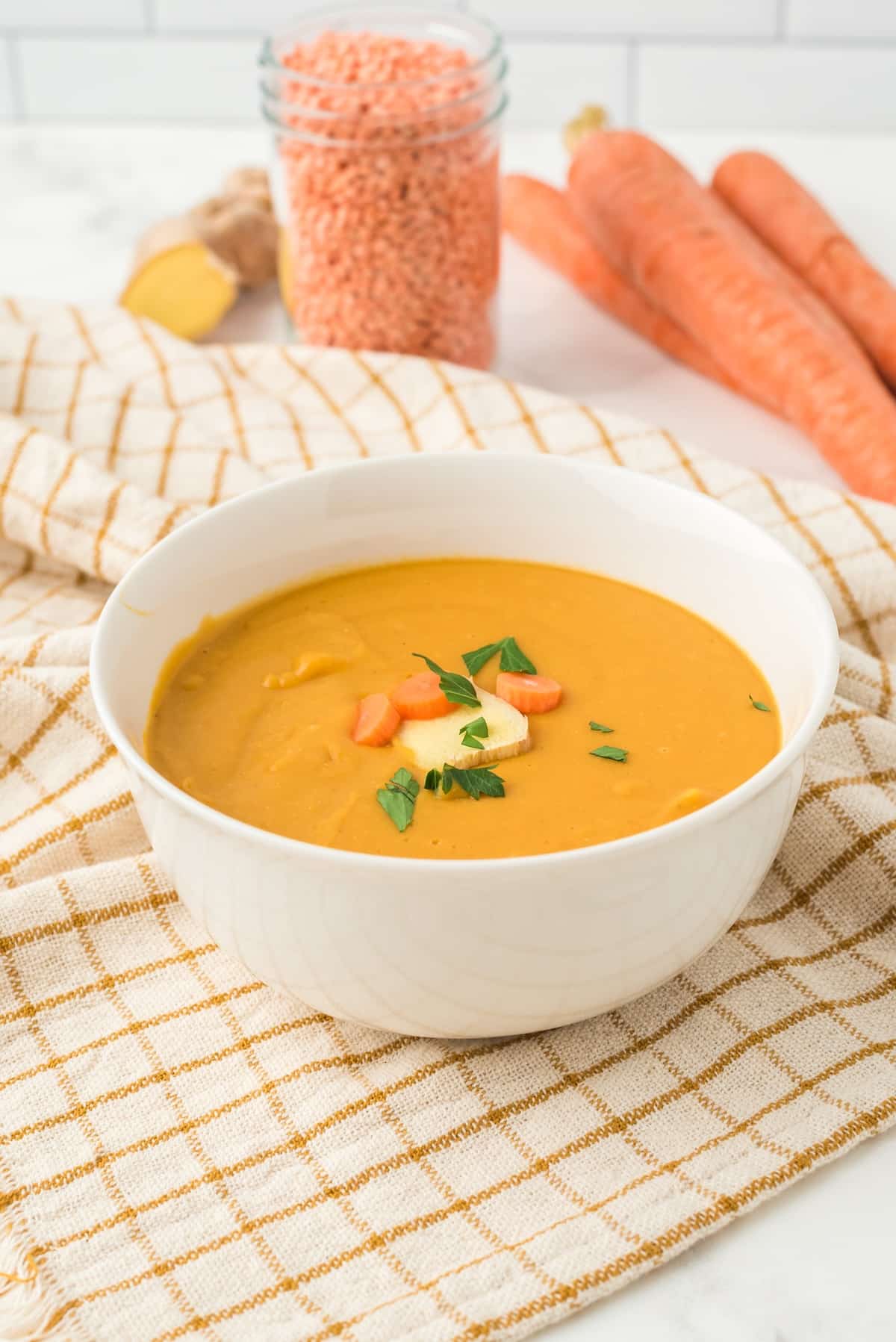
What is a Soft Food Diet?
Whether you’re just had oral surgery such as a wisdom tooth removed, a root canal, or other types of surgery, your dentist, oral surgeon, or doctor may advise you eat to eat a soft foods diet (also known as a mechanical soft diet).
Elderly people or those with swallowing difficulties may also need to eat a soft diet or a blend diet. Most of these soft foods ideas are great for elderly people who can’t chew well.
Here are some of the best soft foods and recipes to eat after surgery or for those who are prescribed a soft foods diet due to digestive problems or a medical condition. These soft foods are also appropriate for seniors or the elderly who can’t chew.
Please note that most of these soft foods should not be served too hot if you just had dental surgery. Speak to your dentist or doctor if you have any questions about the best foods for you or any specific dental procedures you need to follow.
You may also like my article on what to eat after a colonoscopy, what to eat before surgery, and foods to avoid with dysphagia.
Soft Foods List
Here is a list of soft foods to consider when you’re recovering from surgery.
Scroll down or click to get actual recipes!
- Soups or broth
- Eggs
- Mashed potatoes
- Oatmeal
- Smoothies
- Tofu
- Hummus
- Meatloaf
- Tuna
- Deli meats
- Avocado
- Fish
- Pasta
- Popsicles
- Ice cream
- Cottage cheese
- Pudding
- Steamed carrots
- Bananas
- Baby food
- Guacamole
- Refried beans
- Sweet potato
- Baked beans
- Ripe mango
- Soft bread
- Bone broth
- Fruit purees
- Mashed peas
- Soft cheese
- Jello
Soft Food Recipes
1. Soups
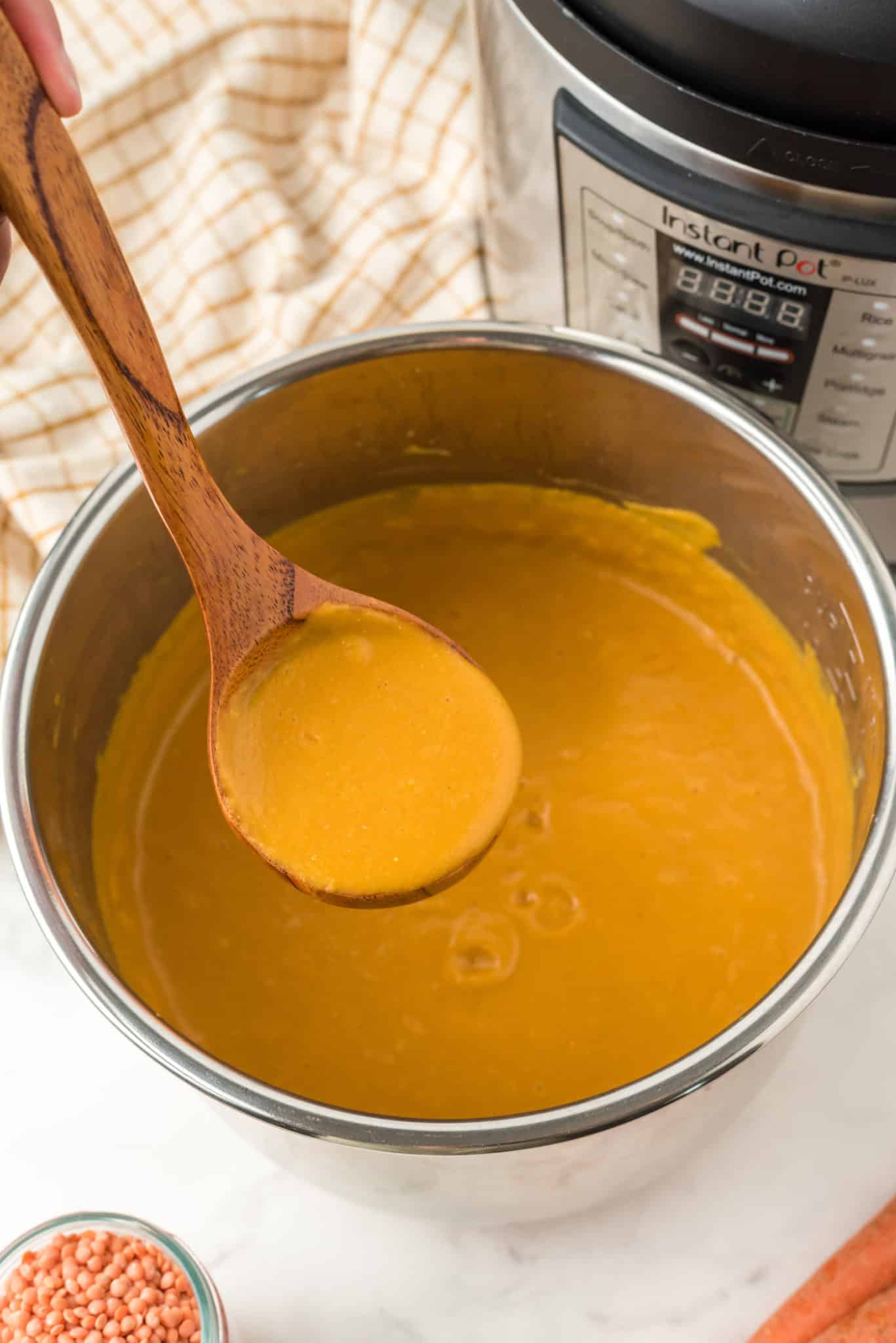
Almost all the foods you enjoy can be quickly and easily turned into soup – all you need is a good blender to make it smooth and appropriate for a soft food diet!
Homemade soup is nutrient-dense, too, and can be very satisfying. Just make sure the soup isn’t too hot if you are going to eat it as a soft food meal after mouth surgery.
Lukewarm is probably the best temperature to serve soup to ensure you don’t cause any bleeding as a side effect during your recovery process from oral surgery (sometimes hot liquids can dislodge a blood clot). In other words, don’t serve your soup piping hot, let it cool down before consuming.
Try these healthy soft food soup recipes for: Instant Pot Carrot Ginger Soup, 3-Ingredient Butternut Squash Soup, or Dairy-Free Potato Soup.
2. Eggs
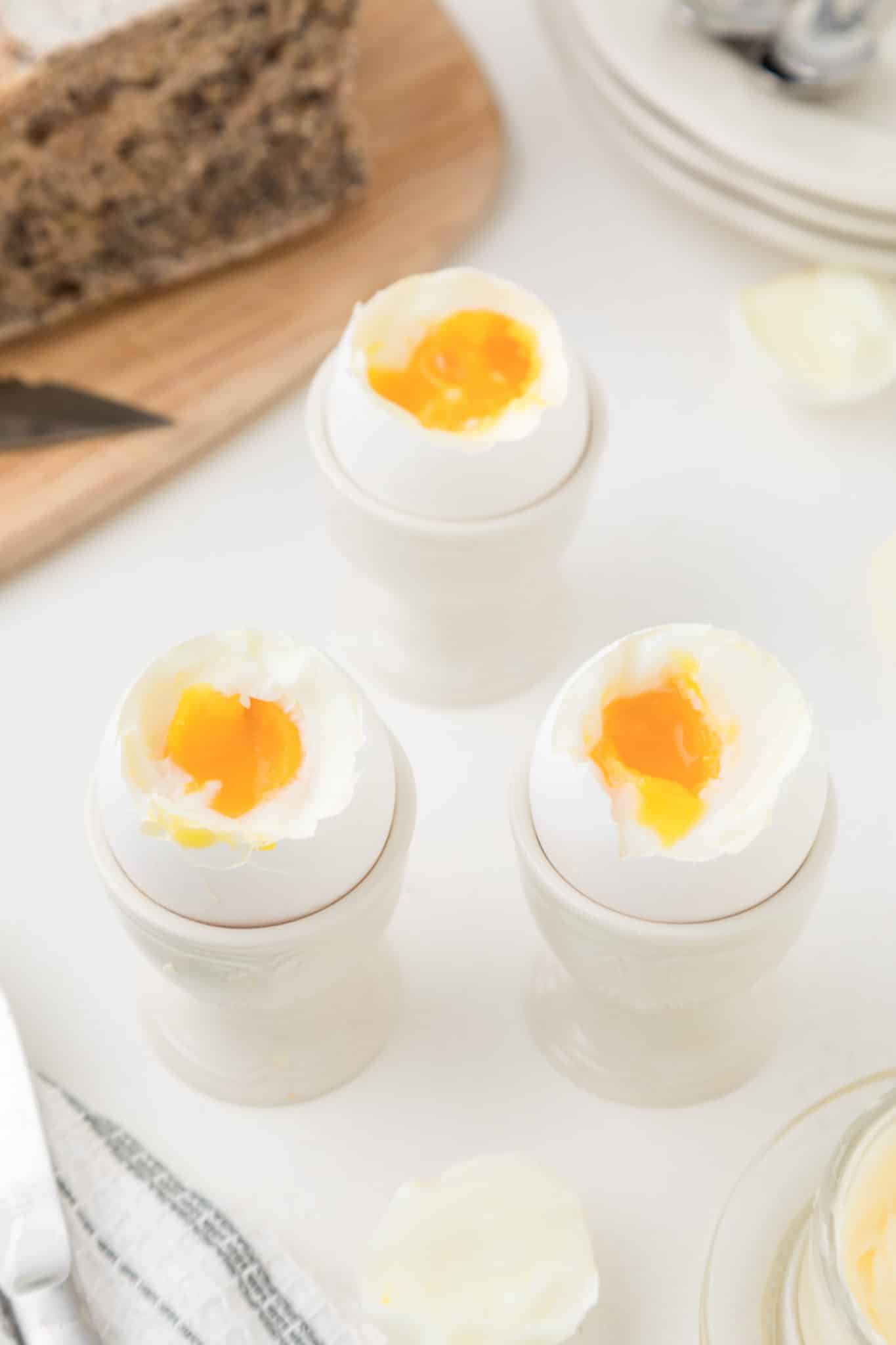
Packed with protein, eggs will keep you feeling full and can be prepared in lots of different ways, so there’s no need to get bored if you’re on a soft foods diet.
Try poaching, scrambling, frying or boiling, or combining eggs with cheese and seasonings to create soft and delicious omelets.
Over medium eggs are a great choice too, but you may need to cut them into small bites so avoid too much chewing. Another personal favorite is my recipe for Air Fryer Soft Boiled Eggs.
3. Mashed potatoes
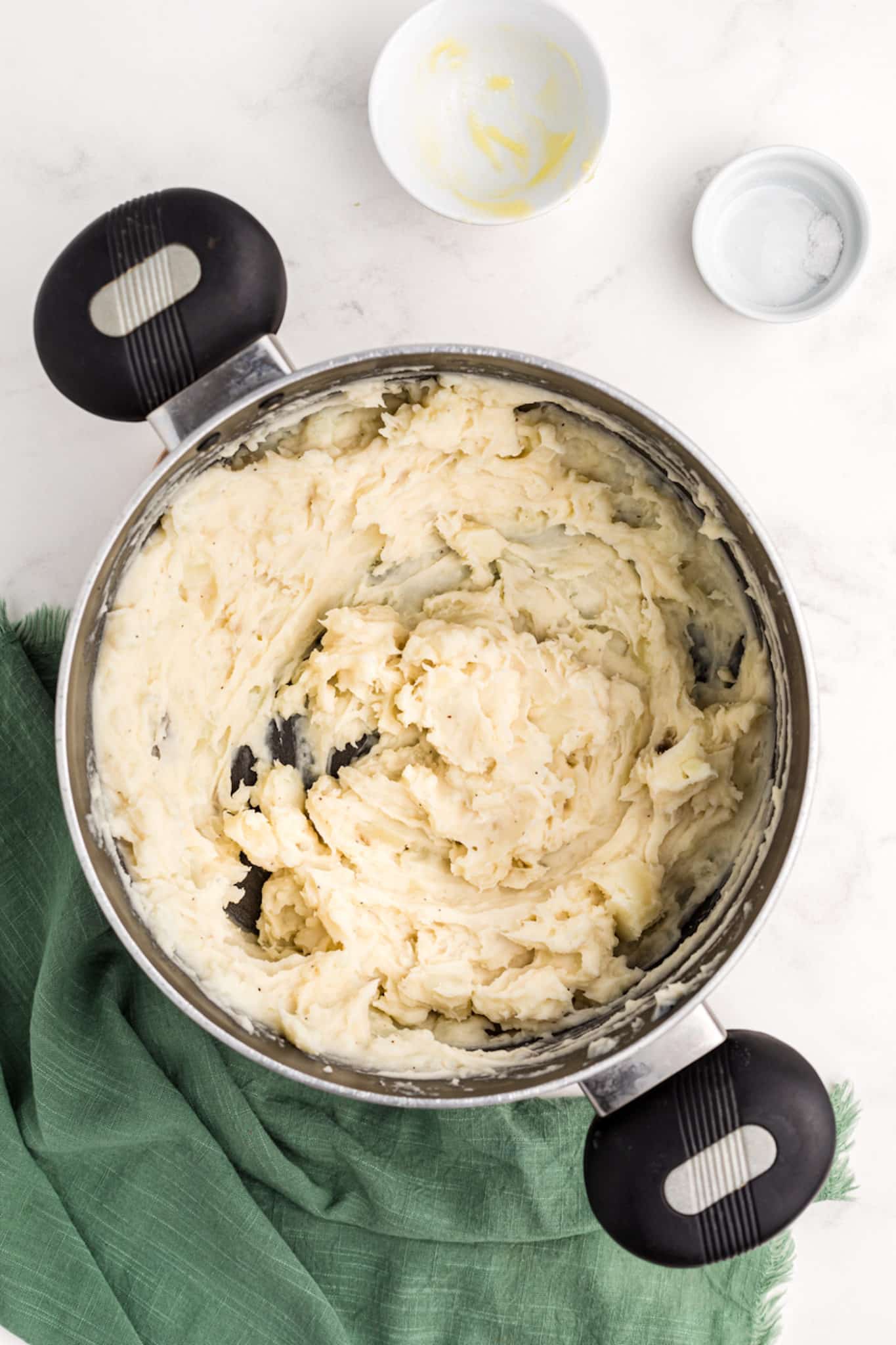
Mashed potatoes are excellent when on a soft foods diet as they are nutritious and pure comfort food. They’re also a great option if you need to follow a bland diet or a gastrointestinal soft diet for a medical problem.
Use a potato ricer or food processor to create creamy, lump-free mashed potato, which tastes even better with a little butter, milk, or sour cream stirred in. Be sure to use dairy-free alternatives if you are on a dairy-free diet.
But there are lots of other ways to make mashed potatoes even more appealing and nutritious! Try stirring in grated cheese, pesto, salsa, roasted and pureed garlic, fresh herbs, or soft, cooked vegetables. You can also try cooking potatoes in other ways such as baked potatoes or potato salad. These dishes are generally soft enough that you can enjoy them while you have wound healing in your mouth.
Try these recipes: Whole30 Mashed Potatoes, Instant Pot Mashed Potatoes, or Instant Pot Mashed Sweet Potatoes.
4. Oatmeal
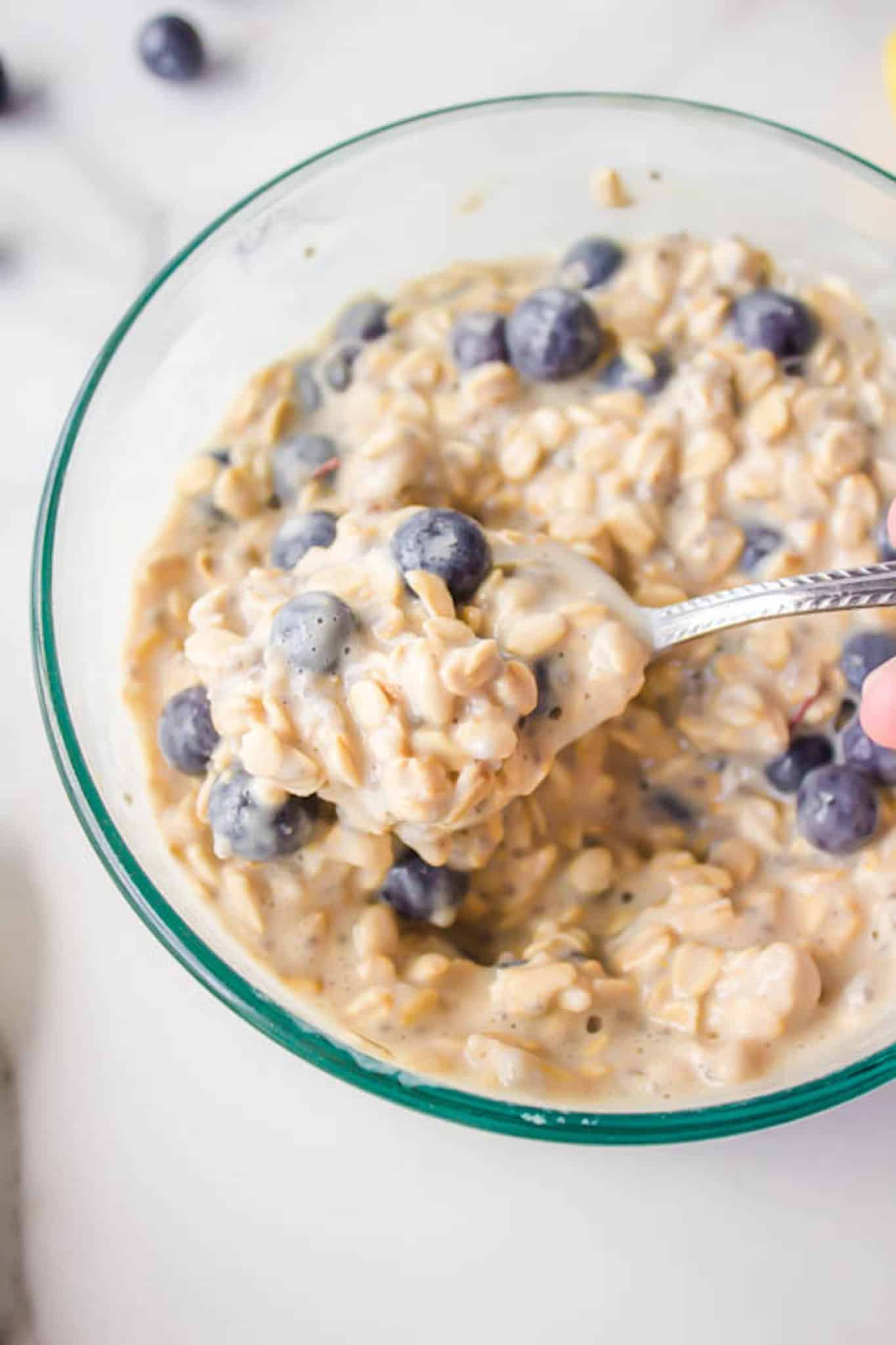
Not just for breakfast, oatmeal makes a hearty meal that is easy to chew at any time of the day.
If you prefer it sweet, then add easy-to-eat extras like ripe banana, soft berries, applesauce, or even smooth peanut butter. Try my recipe for Overnight Protein Oats using Clean Almond Milk. For a savory twist, cook your oatmeal in broth or plain water, add seasonings and stir in your choice of cheese, avocado, or soft, cooked vegetables.
If you need to be on a liquid diet, try adding oatmeal into a smoothie to make it easier to drink with no chewing like in my Strawberry Banana Oatmeal Smoothie.
Or, skip the oatmeal and try cream of wheat or other hot cereals which are other great options for a breakfast soft food (just don’t eat them too hot if you are recovering from mouth surgery or have stitches in your mouth).
Seniors who can’t chew may have trouble eating oats unless they have been pureed or cooked until they are very soft.
5. Smoothies
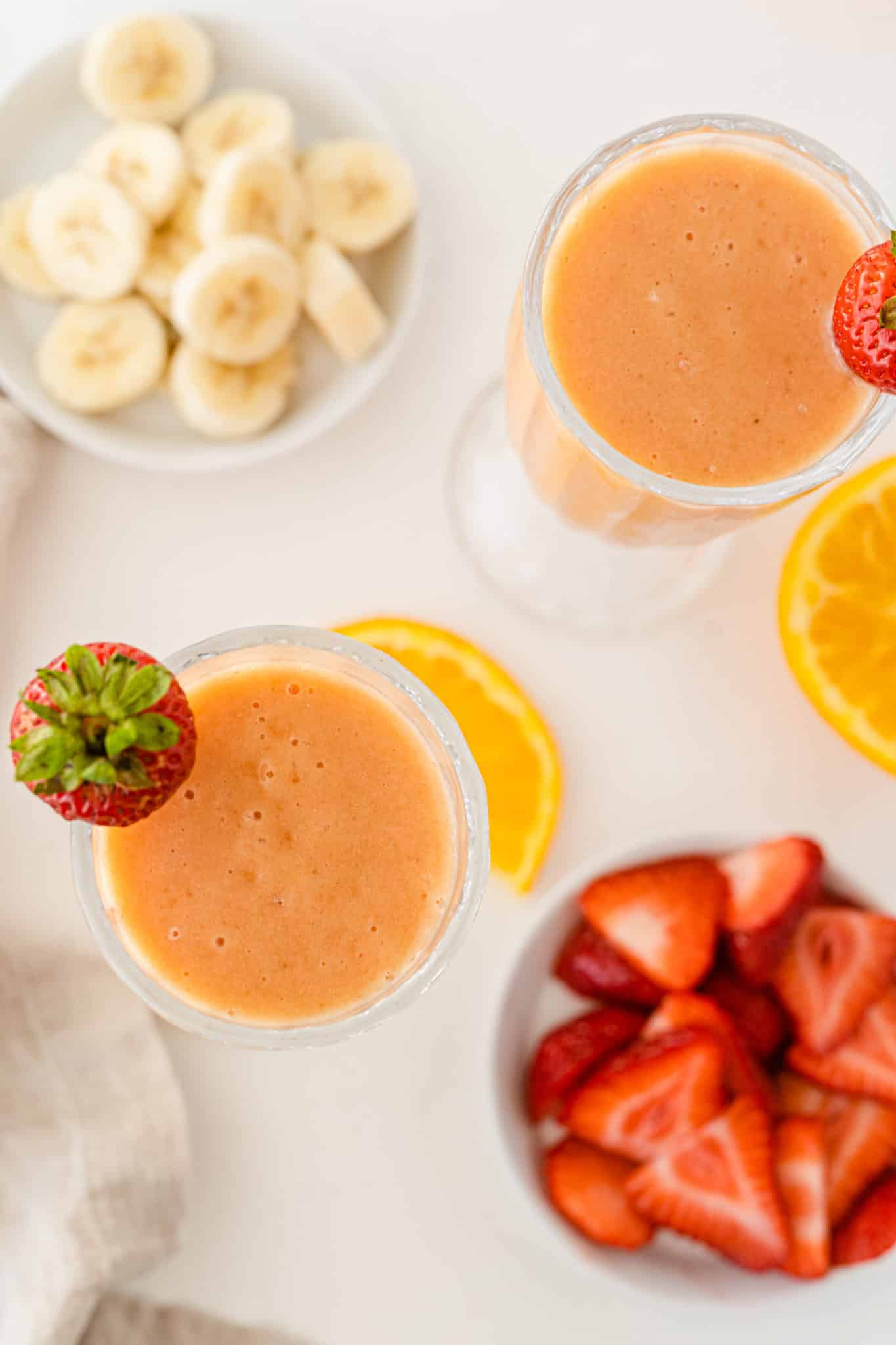
Easy to prepare, smoothies can be made just the way you like them and are a great way to consume plenty of nutrients while on a soft food diet. Smoothies made with nutritious ingredients are also excellent for seniors who may have smaller appetites.
Using ingredients such as ripe strawberries and bananas is a great way to create sweet smoothies without adding refined sugar. Pair them with anything from calcium-rich yogurt to your favorite dairy or nut milk. Add greens if you want a nourishing green smoothie during your healing process.
For savory smoothies, try blending raw ingredients like tomatoes, melons, cucumber, and fresh spinach with water, fruit juice, or vegetable juice.
Add protein powder to enjoy a balanced meal and make sure you get plenty of protein. See my list of the best clean protein powders.
Lastly, you may wish to drink any smoothie or smoothie-type drinks with a spoon as opposed to a straw. Using a straw may not be advised if you are recovering from any type of mouth surgery. You can “drink” your smoothie with a spoon instead.
See my complete list of dairy-free smoothies or my article about the benefits of green smoothies.
6. Tofu
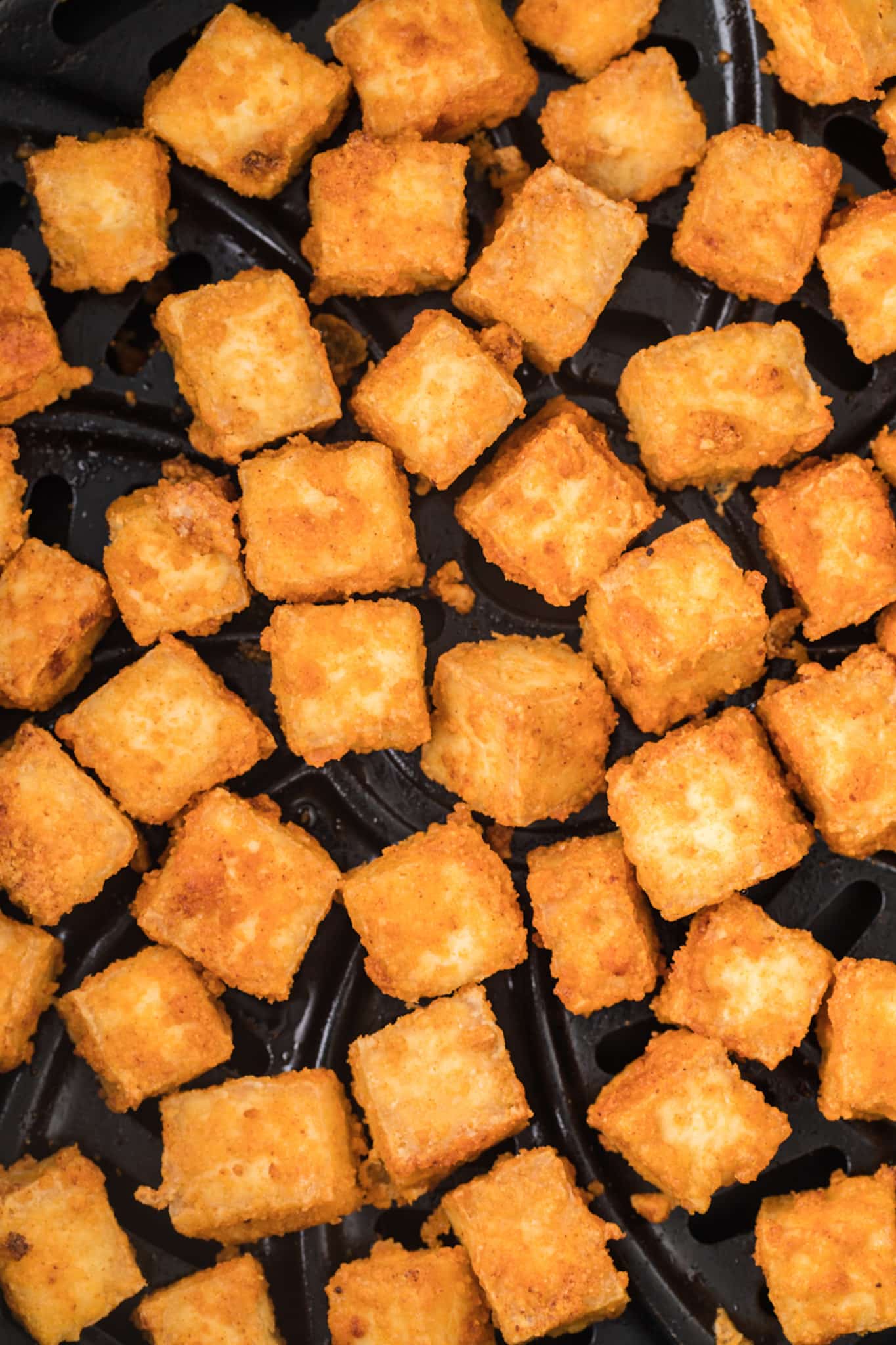
Nutrient-rich tofu is great for keeping you full and it is relatively bland in taste, meaning you can mix it with anything you choose!
Silken tofu is the softest variety, although even firm tofu is soft and is similar in texture to feta cheese. Try adding it to soups or smoothies, or make a tofu scramble by breaking up firm tofu and cooking it in a little oil with your choice of seasonings.
Tofu is a good choice for ensuring that you get enough protein while you are recovering, but without a lot of chewing. I like this recipe for Air Fryer Tofu, although you may need to cut back on the coating for people who can’t chew at all. In that case, you don’t want the tofu to be too crispy which can be harder to chew and swallow.
7. Hummus
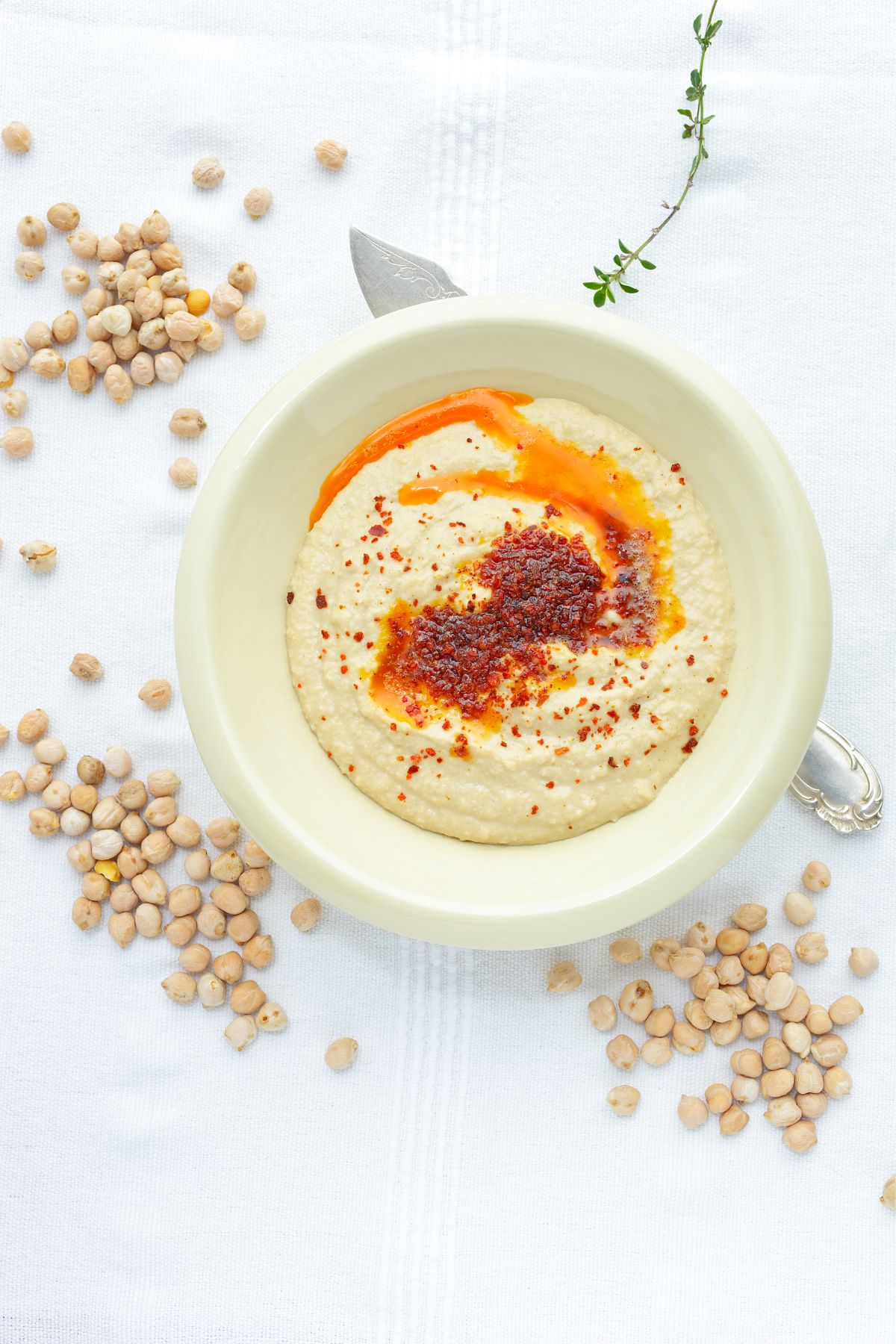
A tasty mixture of chickpeas, tahini, lemon juice, and seasonings, hummus is ideal served on something very soft if you are recovering from oral surgery or can’t chew well. You can even eat it plain.
There are lots of different varieties available or you can even make your own. Try adding ingredients like roasted garlic, cooked, pureed beets, or roasted red peppers to the basic hummus recipe for an interesting and flavorful twist. You could even blend in some silken tofu or protein powder to add even more protein to your hummus.
While you won’t be able to enjoy hummus with hard foods like crackers, try tossing it with cooked pasta, mashed avocado, or just eating it plain. See my related posts on healthy hummus snacks and is hummus gluten-free?
8. Meatloaf
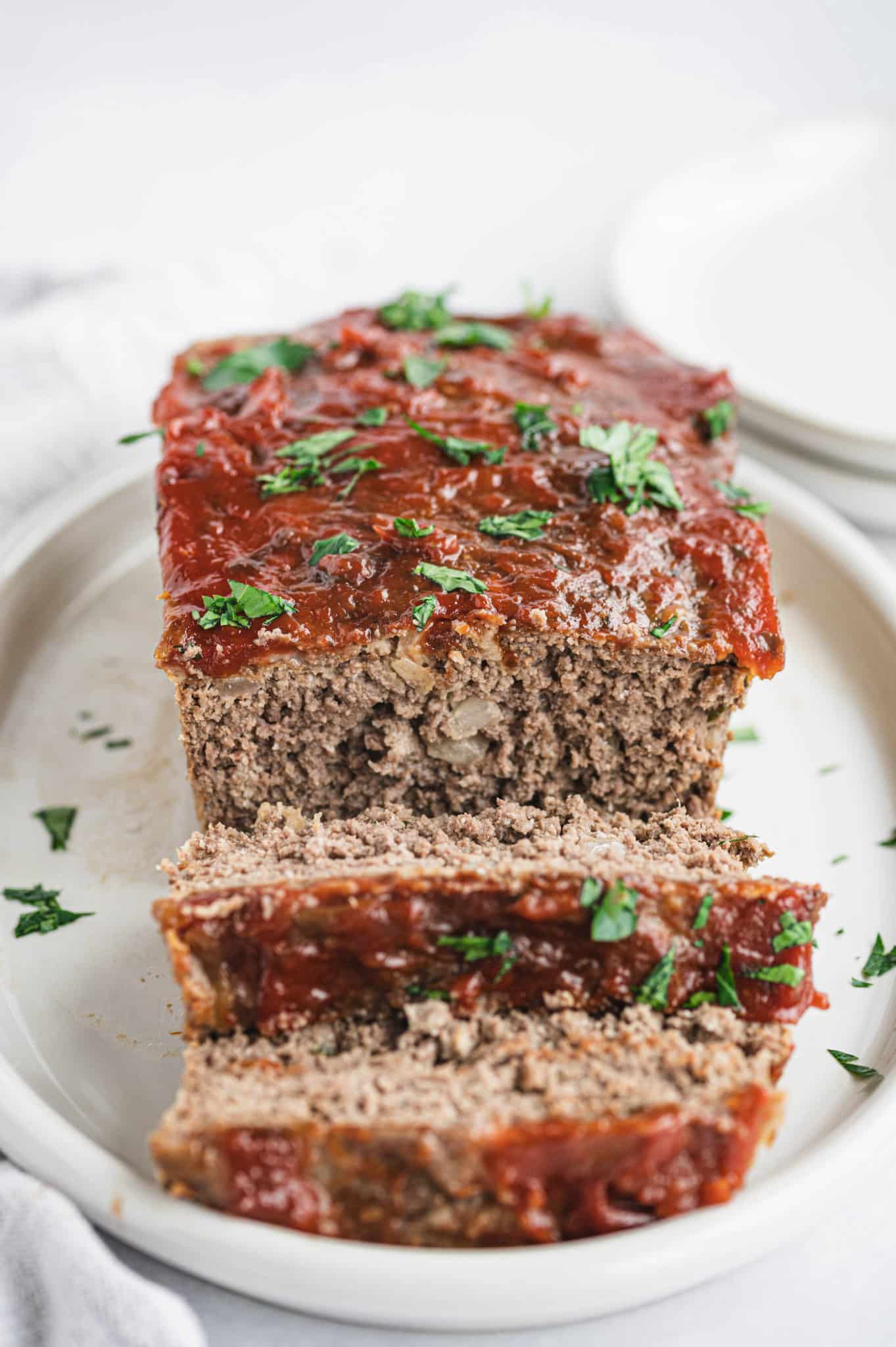
Believe it or not, but meatloaf can be considered part of a soft foods diet when it is prepared and served properly.
There are a few things you can do when preparing meatloaf to ensure it is deliciously tender and as soft as possible.
Make sure that the meat you use contains around 20% fat – any leaner and it will be dry and difficult to eat. Try adding gently cooked veggies to the meat and take care not to compress the loaf too much so that its texture remains loose.
If you are recovering from oral surgery, make sure to cut the meatloaf into small bites and be careful when chewing.
And, believe it or not, but you can blend meatloaf if you are on a liquid diet. Make your meatloaf as usual and then combine one serving with about 1/2-1 cup of warmed vegetable broth in a blender. Pulse or blend to reach the desired texture.
See my recipes for Gluten-Free Meatloaf, Air Fryer Meatloaf, or Chicken Meatloaf.
9. Tuna
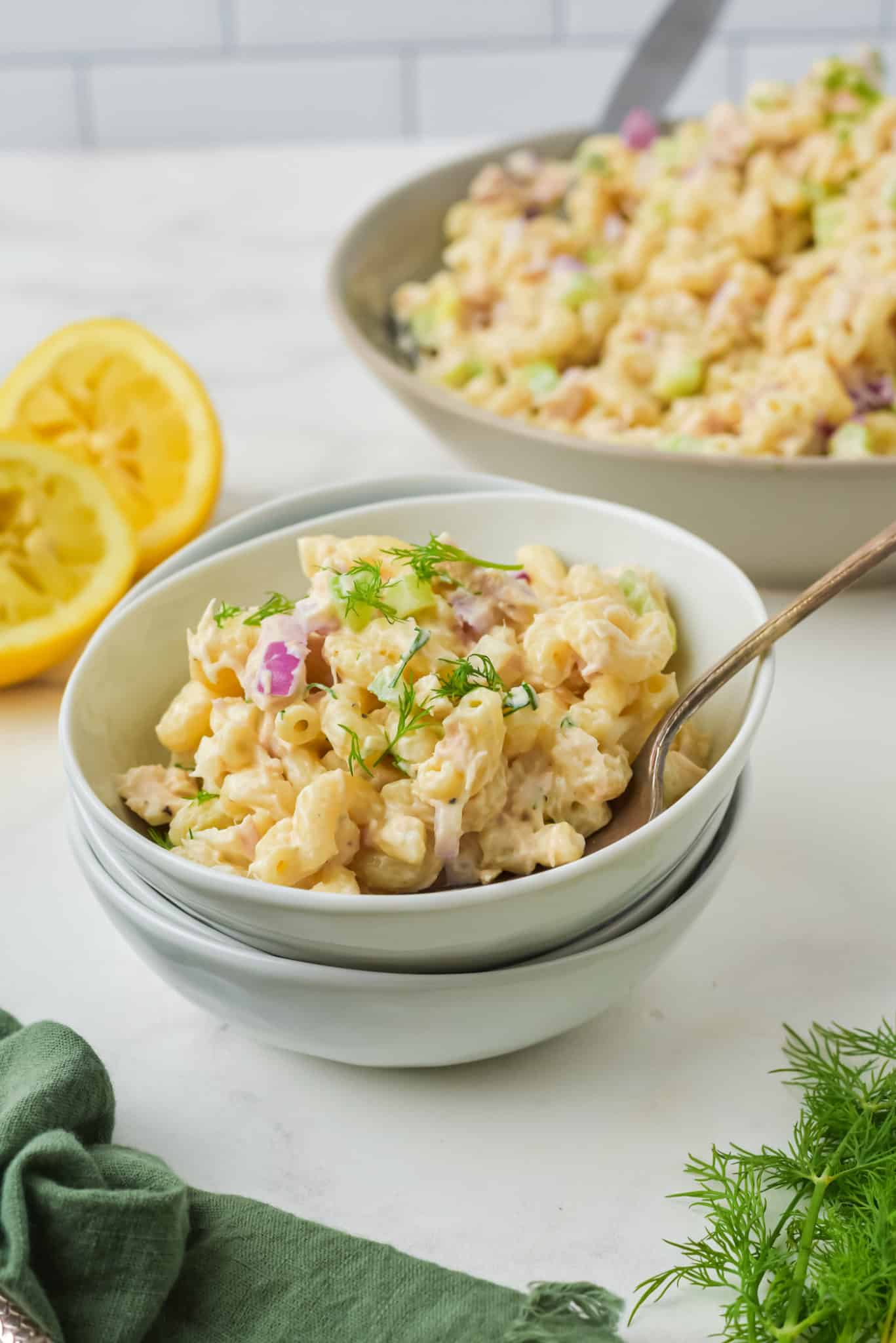
Low in calories and high in protein, tuna is a great food to eat at any time. And, it’s ideal for a soft food diet.
Canned tuna in particular is very easy to mash and can be served plain or added to scrambled eggs. You can also try tuna mixed with mashed avocado or Greek yogurt for a simple tuna salad.
Or, try these recipes for Healthy Tuna Pasta Salad or Salmon Salad with Mayo.
10. Deli meats
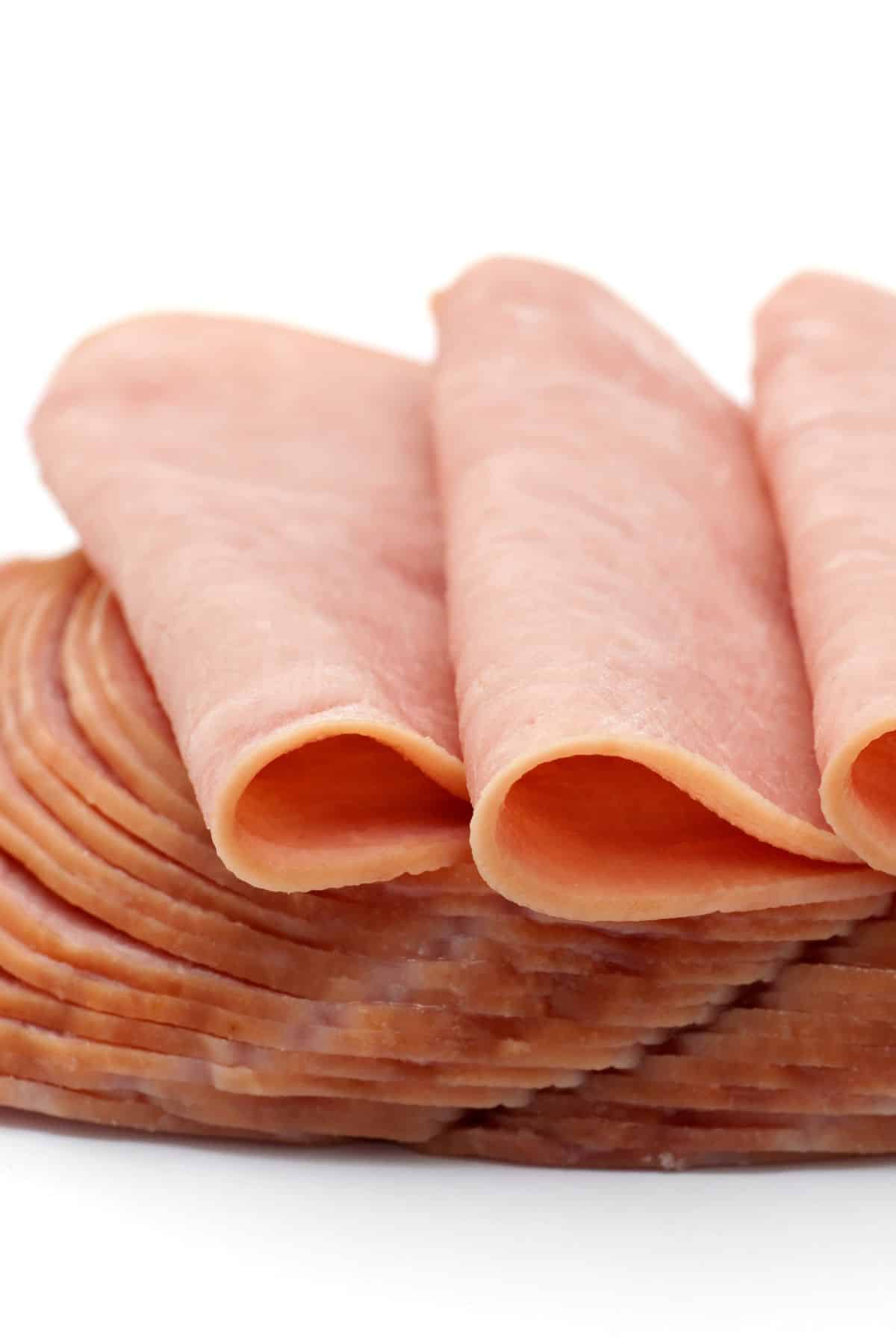
Because they are made from restructured meat that becomes pliable and soft during processing, deli meats are usually easy to eat and allow you all the flavor of unprocessed meat without the firmer texture.
Some are easier to consume than others, though, and whereas sliced ham, bologna, chicken, and mortadella tend to be the softest, meats like salami and pepperoni can be firmer and should be sliced thinly.
11. Avocados
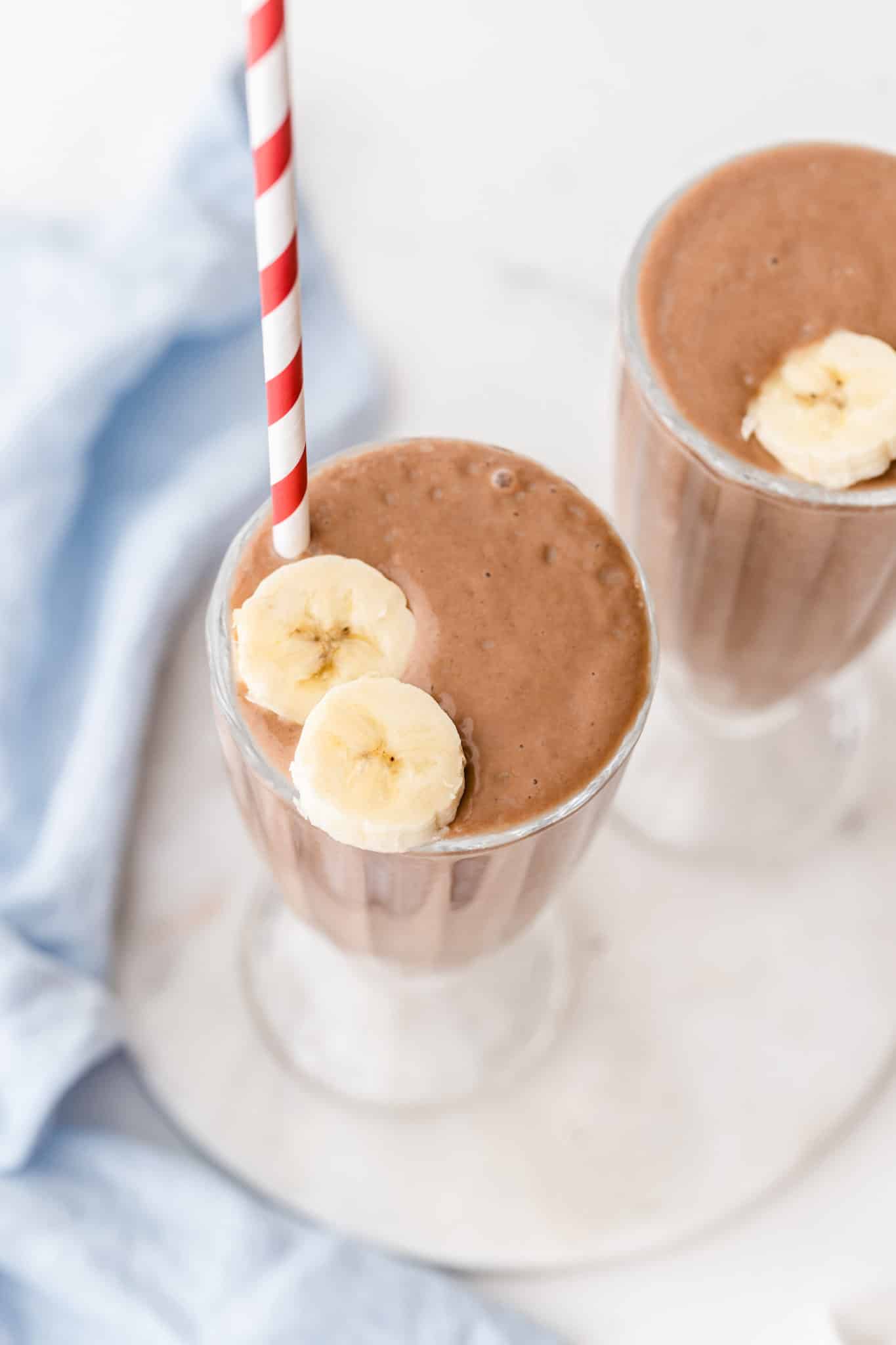
Avocados are a great source of healthy fats and have a lovely buttery texture that’s very easy to manage when you can’t chew well. This healthy food is also great for the immune system. Avocados also have fiber which can be important when you’re avoiding hard, solid foods.
You can add avocado to smoothies – both sweet and savory – or mash it and mix it with flaked fish or very well cooked, finely chopped chicken. You can even mix it with mashed banana and freeze it to create a delicious sugar-free, dairy-free ice cream while your mouth heals.
See my recipes for Creamy Avocado Spread or Avocado Chocolate Smoothie.
12. Fish
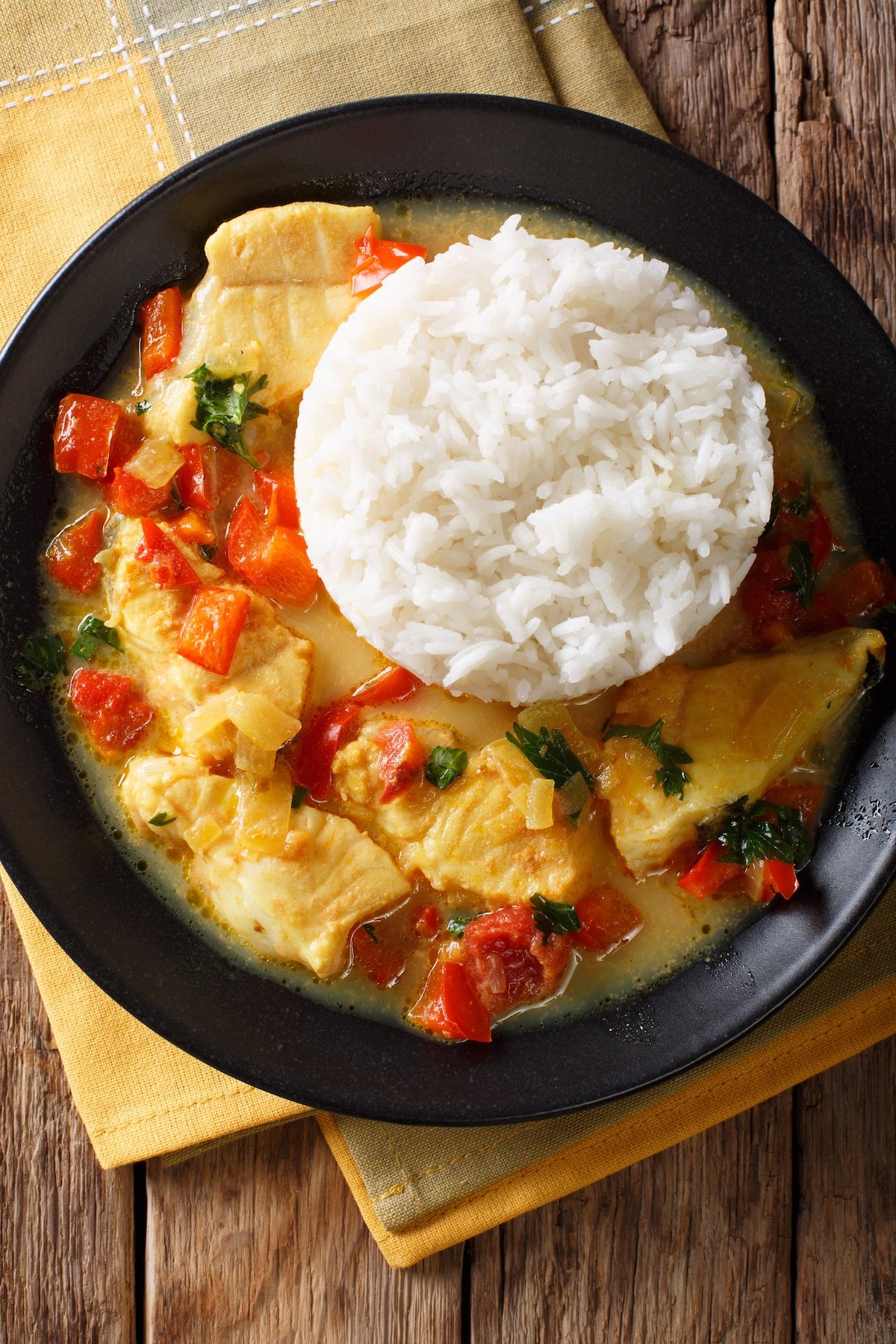
Cooked fish, especially white fish, has a naturally soft texture that makes it easy to chew and swallow. All types of fish are high in protein, but oily fish like sardines, mackerel, and salmon give you the benefits of omega 3 fatty acids too.
Try creating a simple fish pie by combining several different varieties of fish in a white or cheese sauce, then topping it with creamy mashed potato.
Or, try these recipes for Instant Pot Salmon and Rice, Instant Pot Mahi Mahi, or Air Fryer Salmon.
13. Pasta
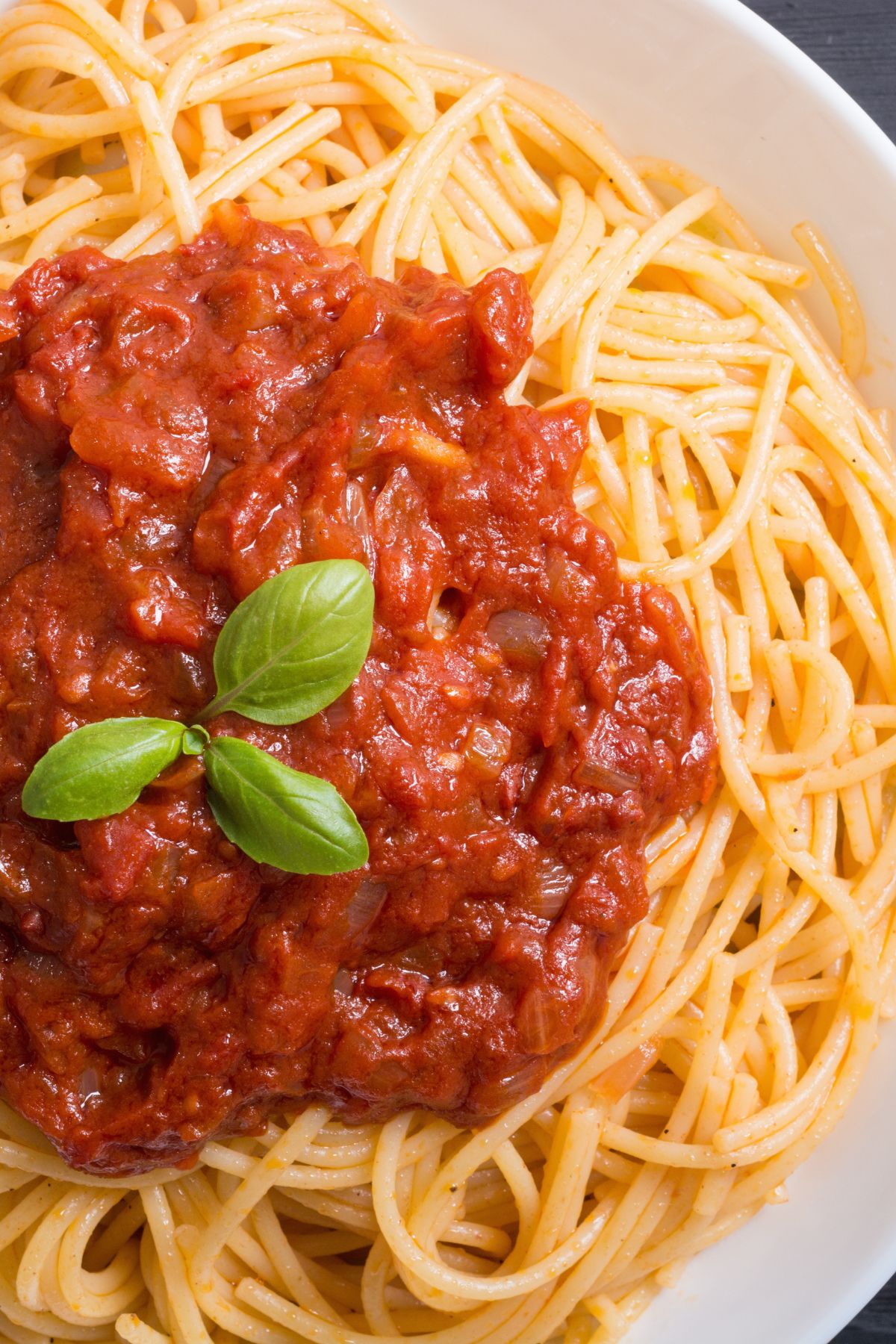
Pasta needs very little chewing and there are so many varieties available that you can include it in several meals without getting bored.
Try mixing cooked pasta with pesto or stirring it into a delicious cheesy sauce (you can also make a dairy-free cheese sauce if you are on a dairy-free diet or try my dairy-free pesto). Alternatively, look for pre-made ravioli or tortellini with a soft filling. These are usually soft enough that they don’t require heavy chewing that can hurt when you’re recovering from oral surgery like having a tooth pulled.
You can also use smaller pasta types like pastini for people who can’t chew.
Try these recipes for Dairy-Free Pesto Pasta, Gluten-Free Pasta Salad, or Cheesecake Factory Tomato Basil Pasta Copycat.
14. Popsicles
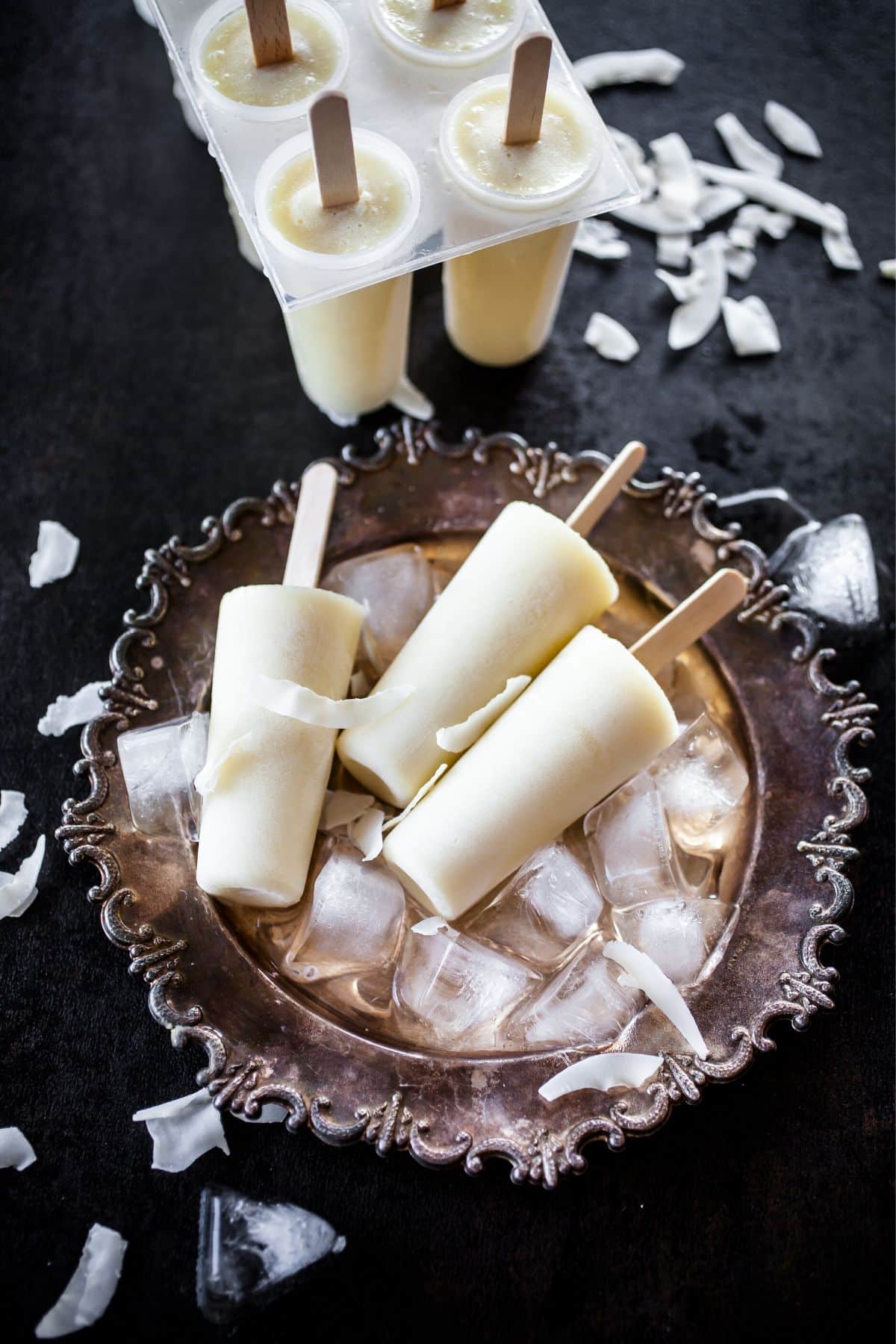
Popsicles are not just easy to eat – they are also very soothing when you’ve had dental work done.
Try to avoid shop-bought varieties that can be high in sugars and artificial ingredients and instead prepare your own with fresh, tasty ingredients such as pureed fruits and sugar-free juices.
Using naturally sweet fruits is a good way to ensure your popsicles taste great while being good for you too. Or, try adding in some vegetable juice to your mixture such as Carrot Juice which is naturally sweet.
Try these recipes for Banana Popsicles, Cherry Coconut Popsicles, Mango Popsicles, or Pomegranate Lime Popsicles.
15. Ice cream
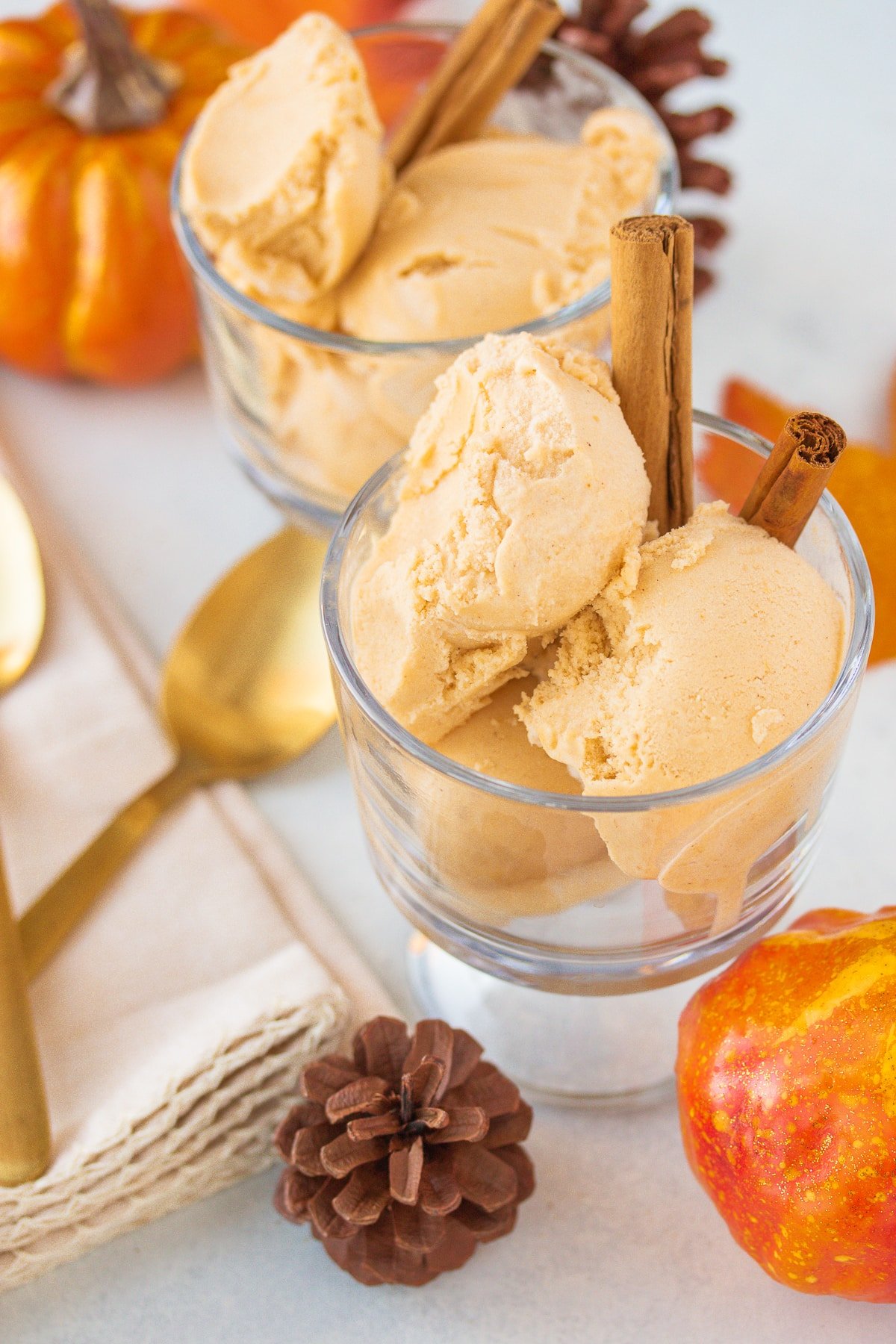
Following a soft food diet is the perfect excuse to enjoy lots of yummy ice cream or to use it to create wonderful milkshakes.
Depending on the flavors, you may like to add some pureed fruit for some extra vitamins and minerals.
Try these recipes for Coconut Shake, Chocolate Peanut Butter Ice Cream, Dairy-Free Mango Ice Cream, or Vegan Peach Ice Cream.
16. Cottage cheese
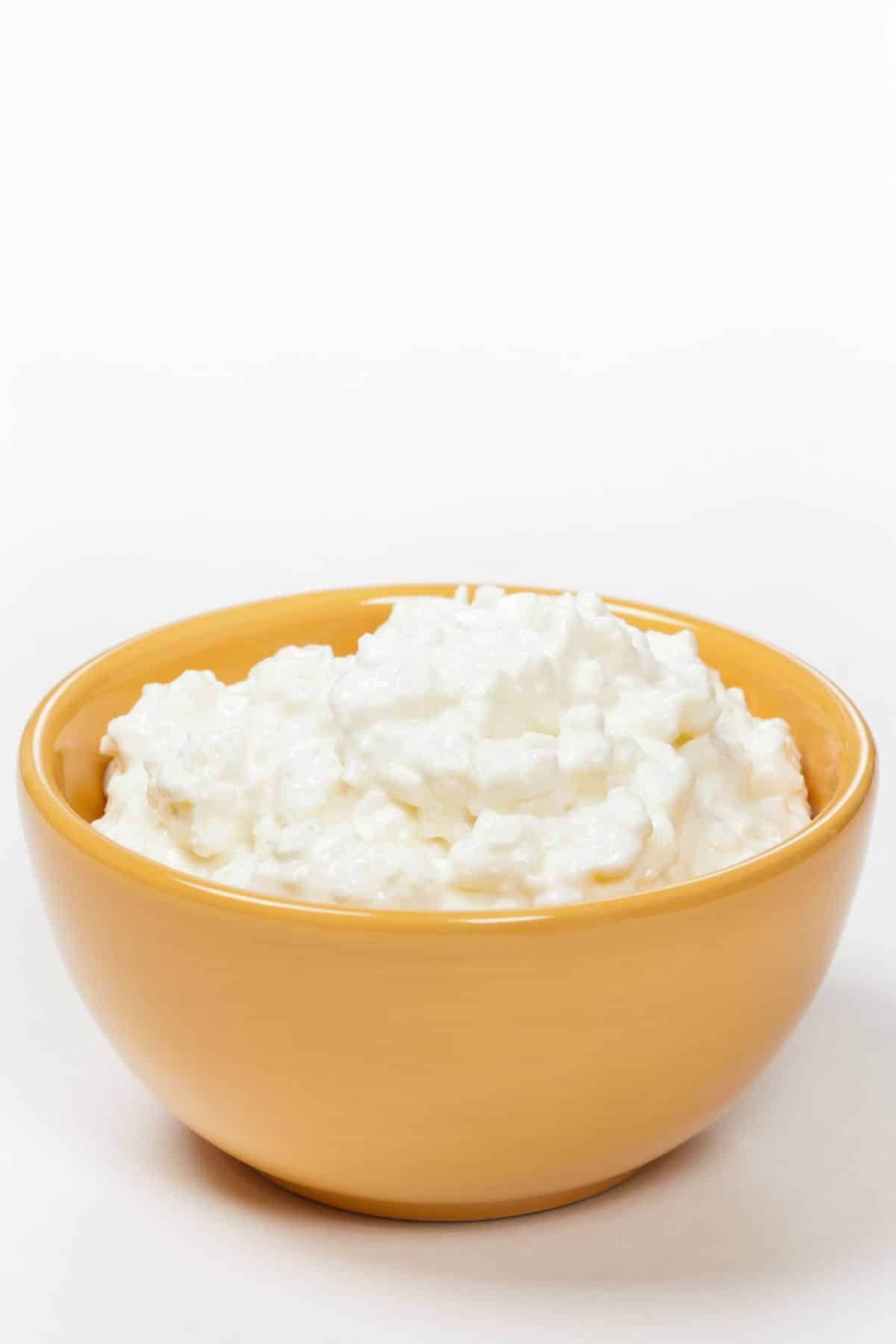
Made from fresh cheese curds, cottage cheese is packed with protein and has such a delicate flavor that you can combine it with sweet or savory ingredients.
Try mixing it with tuna or shreds of smoked salmon for lunch, or combining it with fruit for dessert – cottage cheese and pineapple is especially good.
If you find the curds unappealing or difficult to chew, blend the cottage cheese before you use it and it will develop a similar texture to Greek yogurt. You can also try ricotta cheese which is soft and easy to eat without too much chewing.
17. Pudding
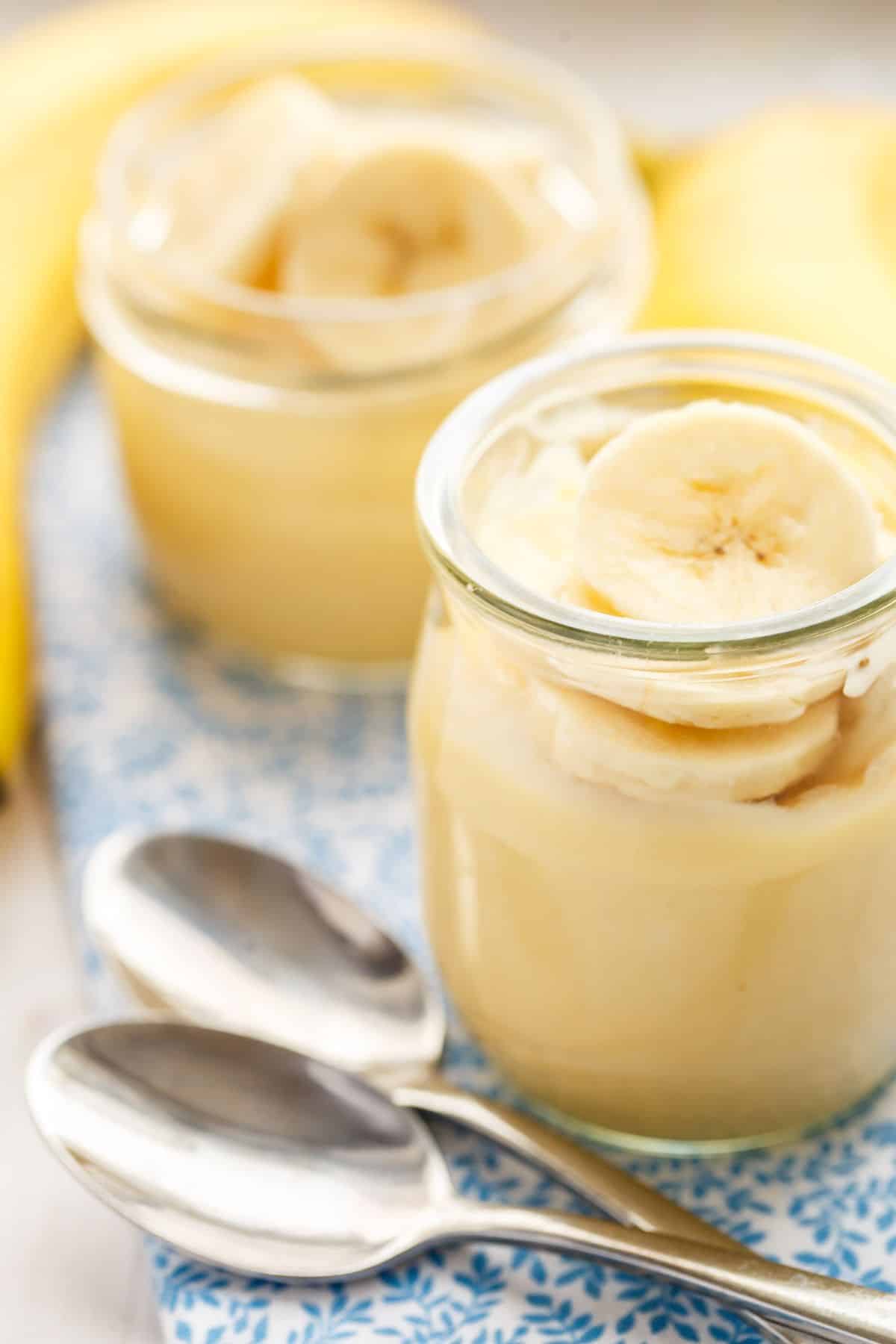
The custard-like texture of pudding goes down very easily and there are so many different ways to prepare it that you can have a different flavor each day!
The easiest option is to use instant pudding powders that come in all sorts of flavors, many of which are sugar-free. You can also make your own, healthy pudding by blending bananas with peanut butter and oats, then adding flavorings like cocoa powder and vanilla.
See my article on how to substitute milk in instant pudding or try making these recipes for Dairy-Free Banana Pudding, Pumpkin Chia Pudding, or Instant Pot Rice Pudding.
18. Cooked carrots
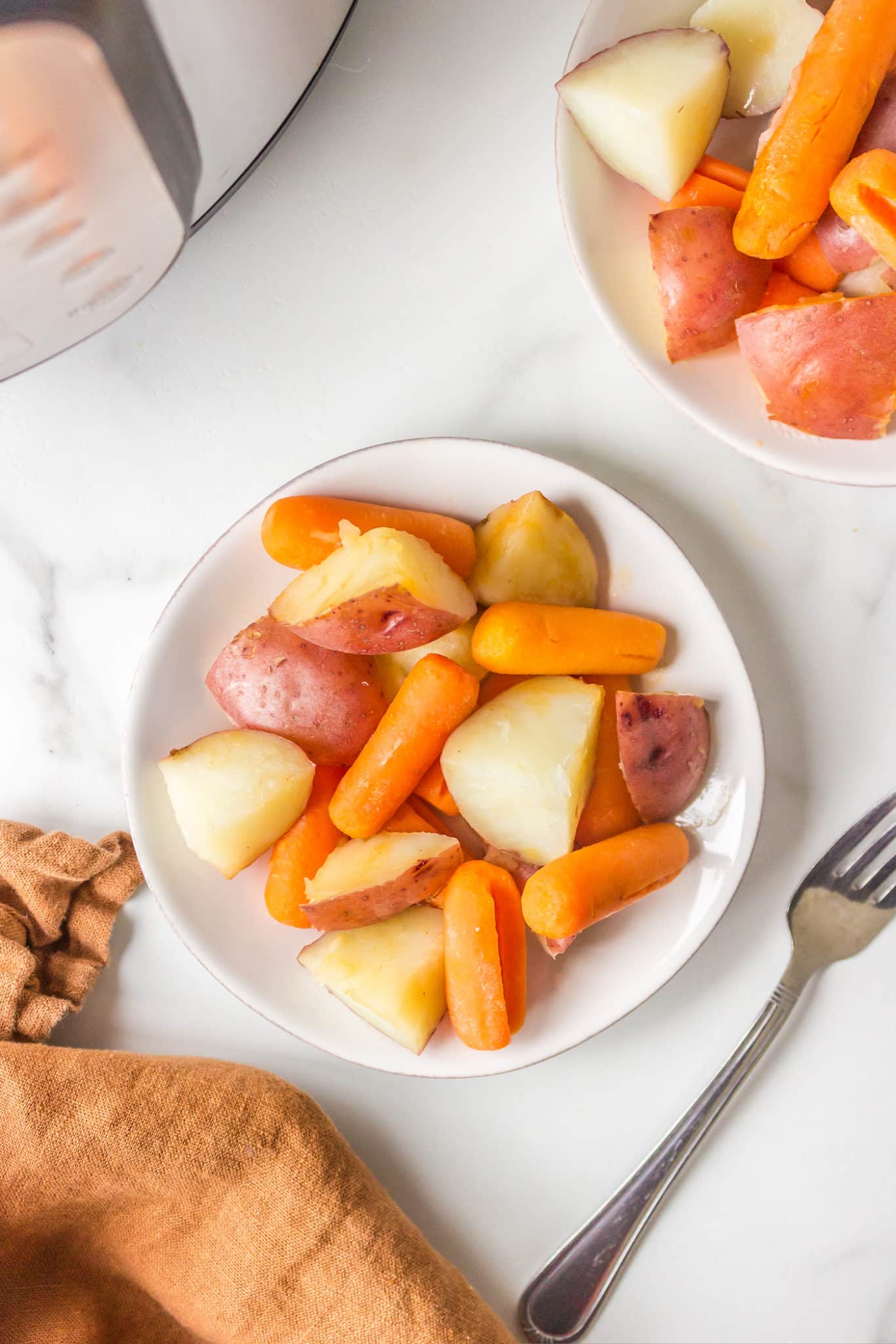
Carrots are a great source of nutrients, with just half a cup providing a whopping 73% of your daily requirement of vitamin A.
While they can be boiled until soft, the best way to preserve their nutrients is to steam them. Alternatively, try wrapping them in foil with a touch of lemon juice and thyme then baking them, which really intensifies their natural sweetness.
Or, see my recipes for Instant Pot Carrots, Instant Pot Potatoes and Carrots, or Mini Carrots in Air Fryer.
19. Ripe bananas

Bananas are the perfect snack to enjoy at any time of the day and their high fiber content helps you feel full.
Because they are so sweet, they taste amazing mixed with fruits that are more tart. Try stewing fresh rhubarb, for example, then swirling in pureed banana – the contrast is delicious.
See my other ideas for gluten-free and dairy-free snacks.
20. Baby food
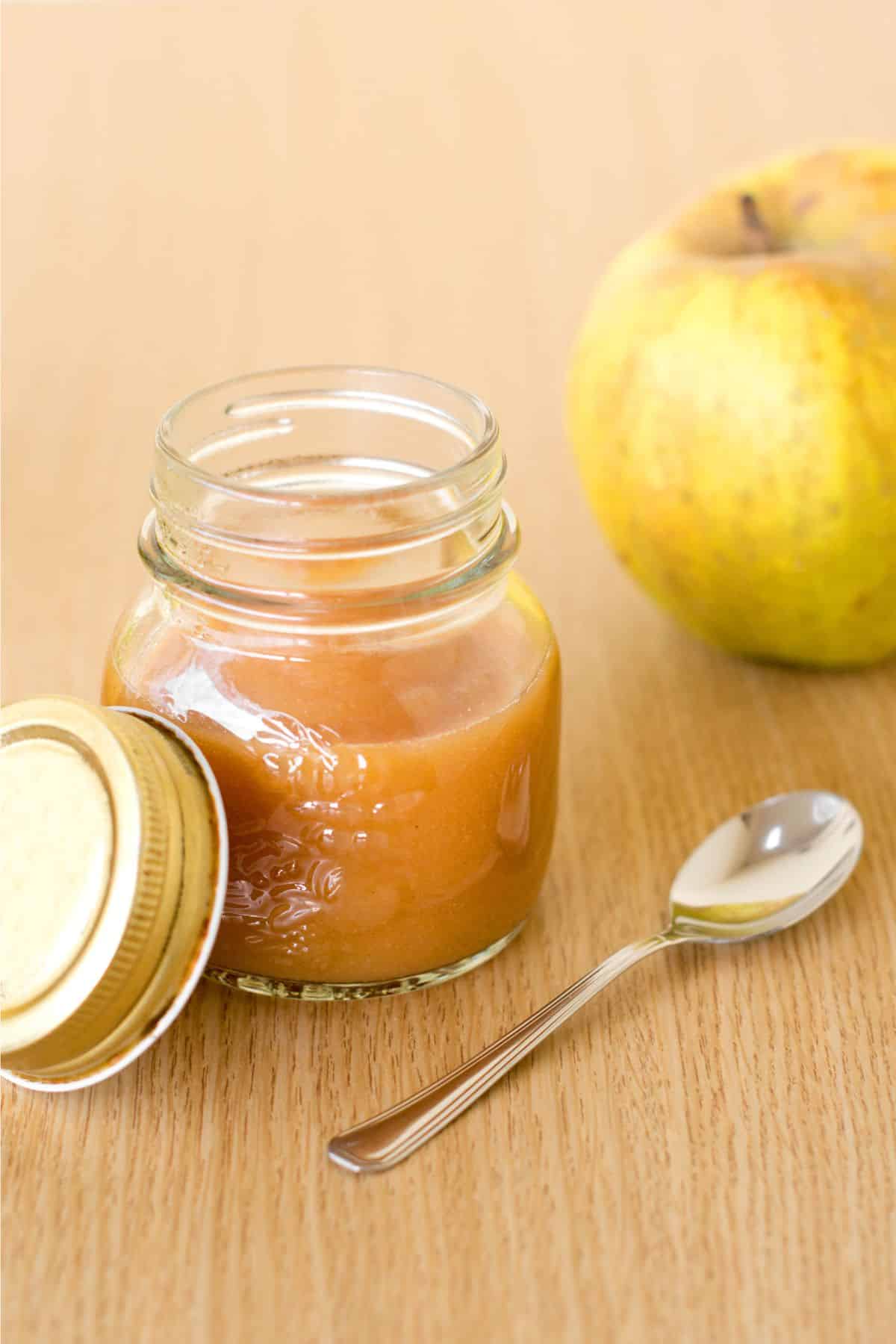
Commercial baby food provides a ready-made option for a soft food diet. Fortunately, the options are not as limited as they once were and baby food flavors these days tend to be quite sophisticated and varied.
Unless you would prefer a totally smooth puree, look for stage 3 baby foods that offer a little texture and a wider variety of ingredients.
You can also make your own baby food or pureed foods by blending cooked food with water or broth in a high powdered blender.
21. Guacamole
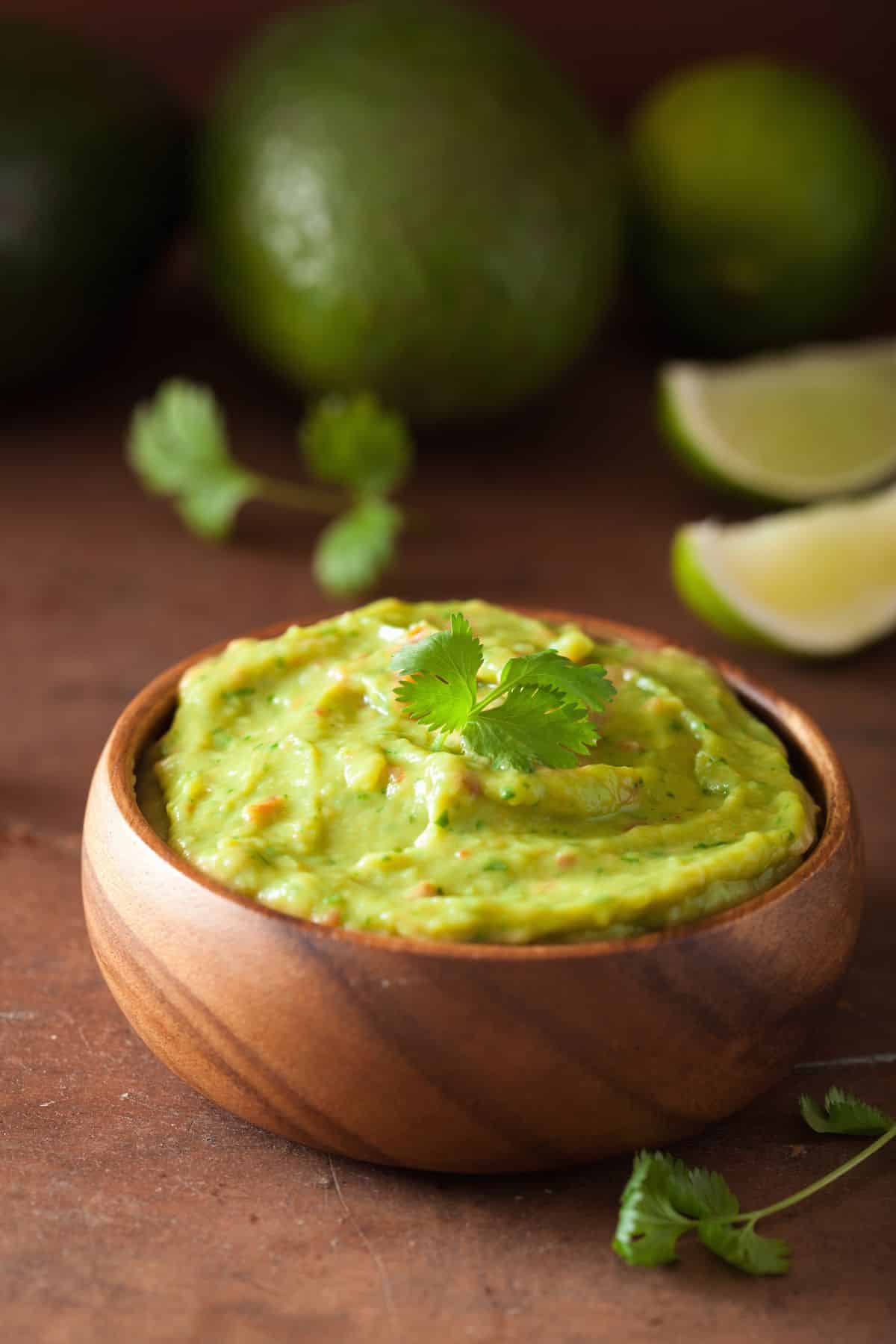
Delicious served as a topping over refried beans or rice, basic guacamole is made from mashed avocado, lime or lemon juice, and a touch of salt.
Optional extras include red onion, chili, tomato, and cilantro, but you may need to watch out for spicy foods if you are recovering from surgery. If you decide to add any of these, either chop them finely or puree the entire mixture together.
22. Refried beans
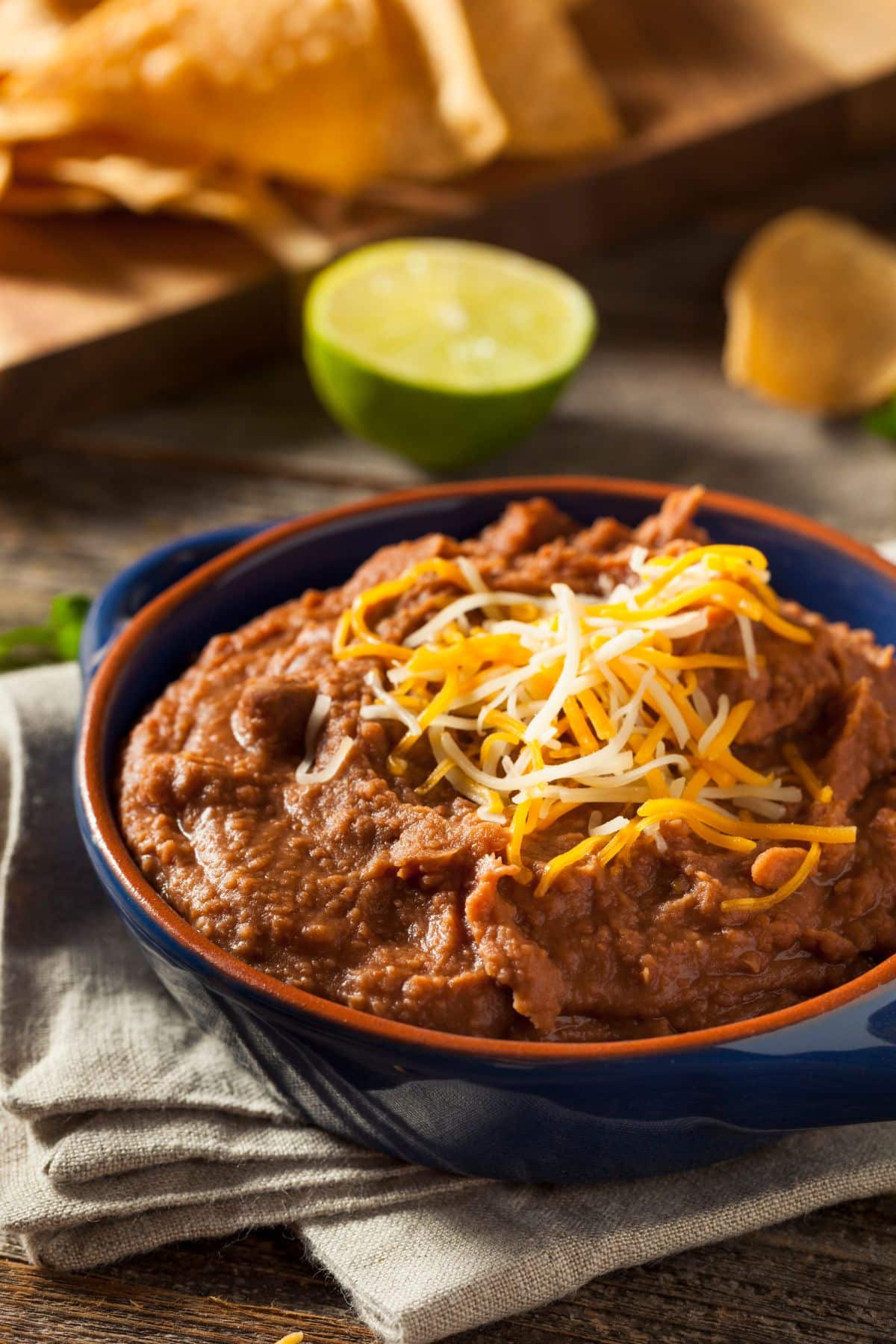
These are not beans that have been cooked twice – instead, the word “refried” comes from their Spanish name frijoles refritos (well fried beans).
Wholesome and hearty, the beans are available in cans or you can make your own at home. Try using them to top a fried egg and finish off with a handful of grated cheese or homemade guacamole for a tasty and satisfying meal.
23. Sweet potatoes
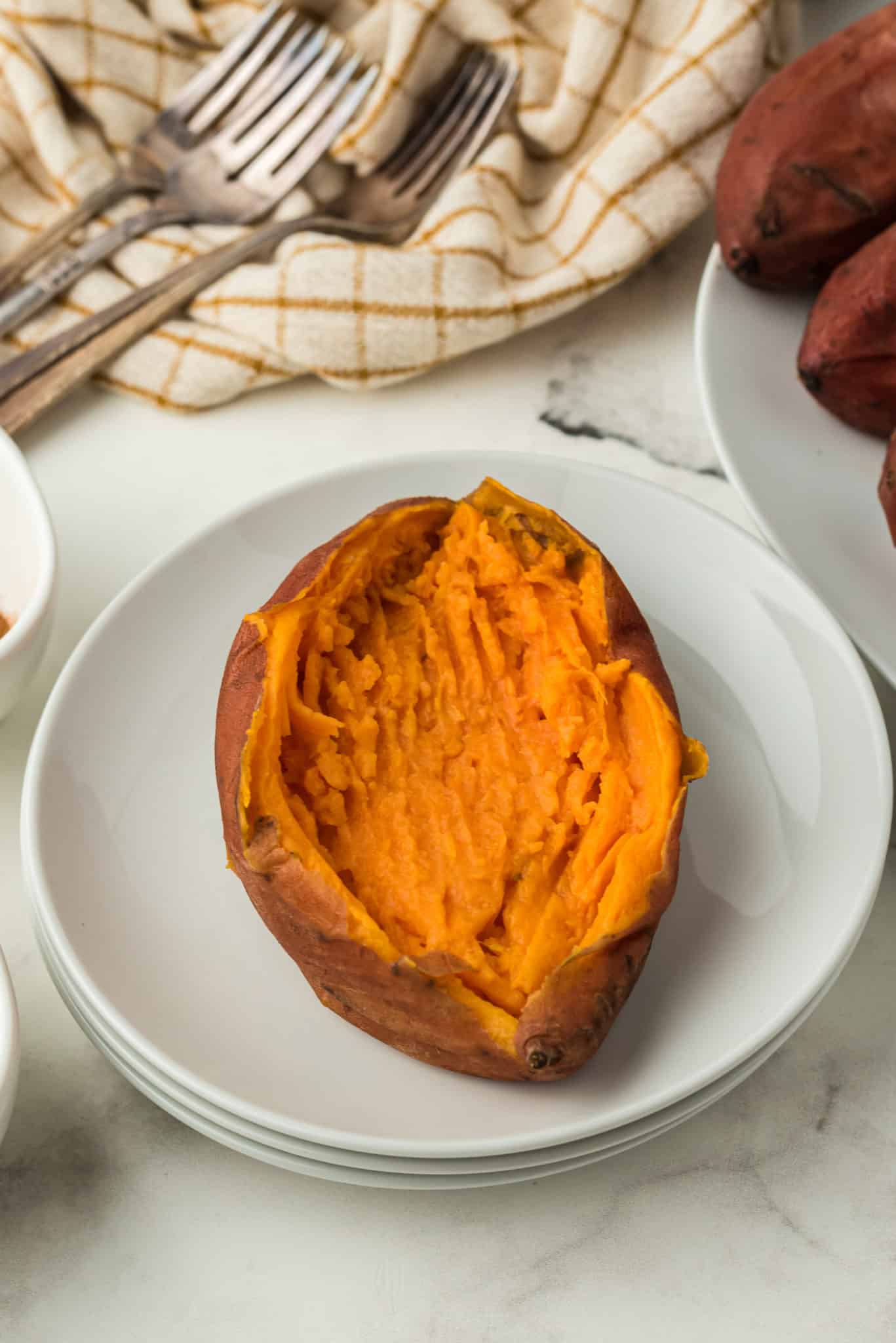
Preparing whole sweet potatoes can be as easy as piercing the skins with a fork then popping them in the oven to bake until soft.
Try filling a split, baked sweet potato with scrambled eggs and mashed avocado for a savory meal. Or, top it with sliced banana, then warm a little smooth peanut butter and drizzle it over the top for a decadent treat!
People who can’t chew may need to just eat the flesh of the cooked sweet potato and avoid the skin.
See my recipes for Instant Pot Sweet Potatoes.
24. Baked beans
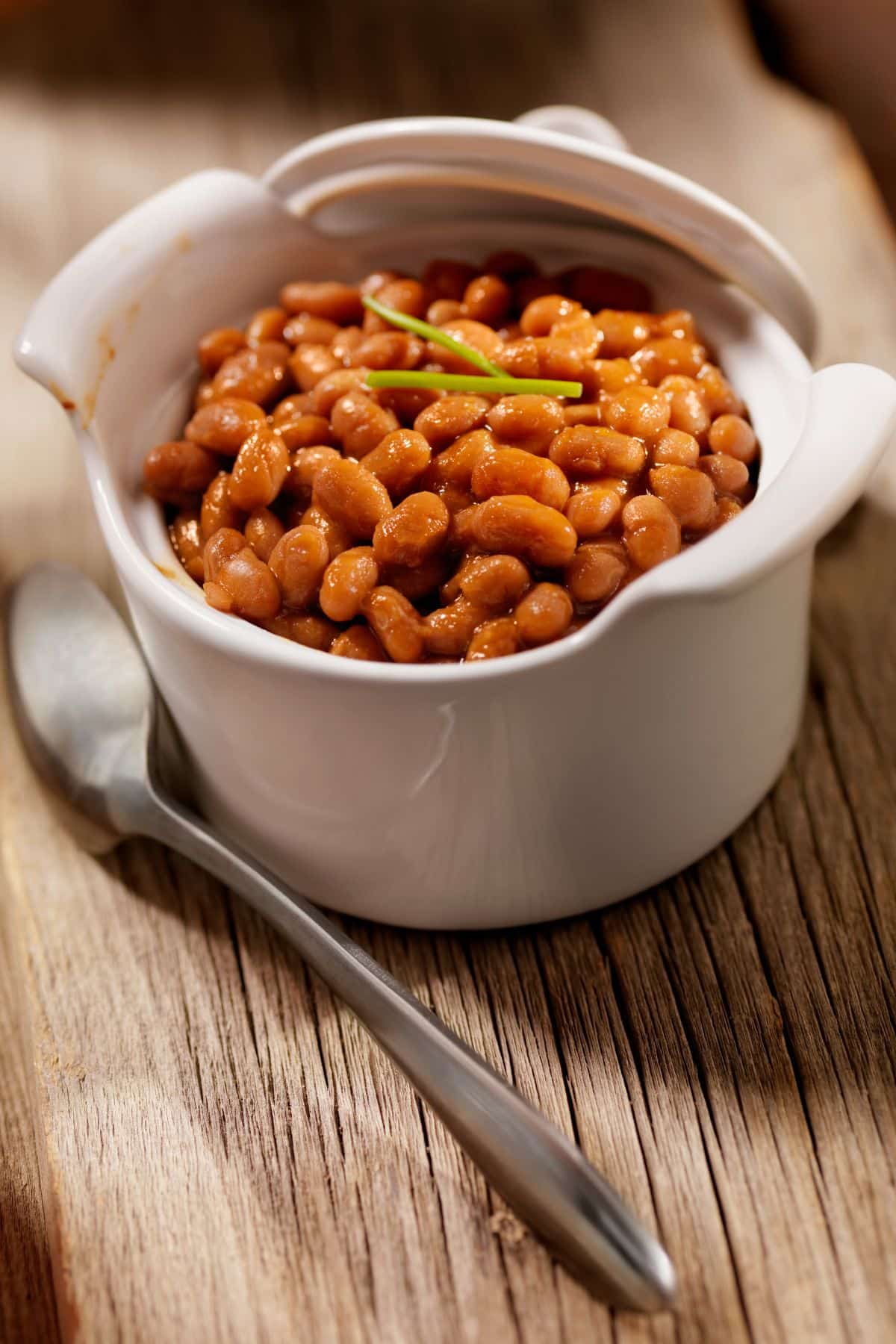
Because they are so high in protein, baked beans make a satisfying meal. For an extra boost of flavor, stir in a handful of grated cheese until melted, or mix with finely sliced frankfurters.
While canned baked beans are a quick and easy shortcut, making your own baked beans is fun and gives you the option to use less sugar than contained in the commercial variety.
25. Ripe mango
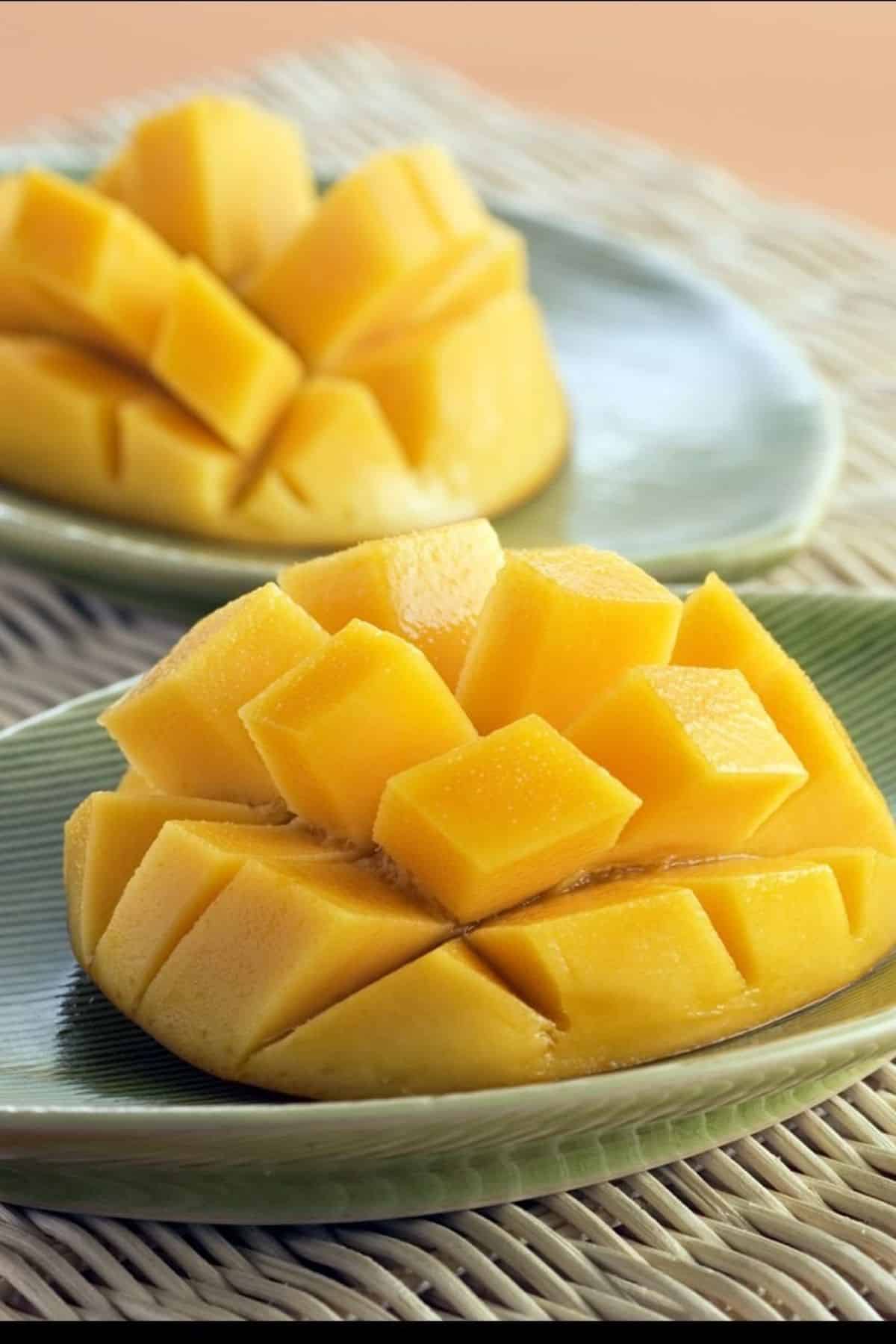
Luscious and juicy, mangoes are packed with vitamin C and have a high natural sugar content, so eating them feels like a real treat!
In addition to enjoying them just as they are, you can put them in smoothies, caramelize them on the grill and top with ice cream, or even use them to add a fruity twist to soups.
If you’re still looking for ideas for the best types of foods to eat after wisdom teeth removal or dental implants, here are some additional suggestions.
26. Soft bread
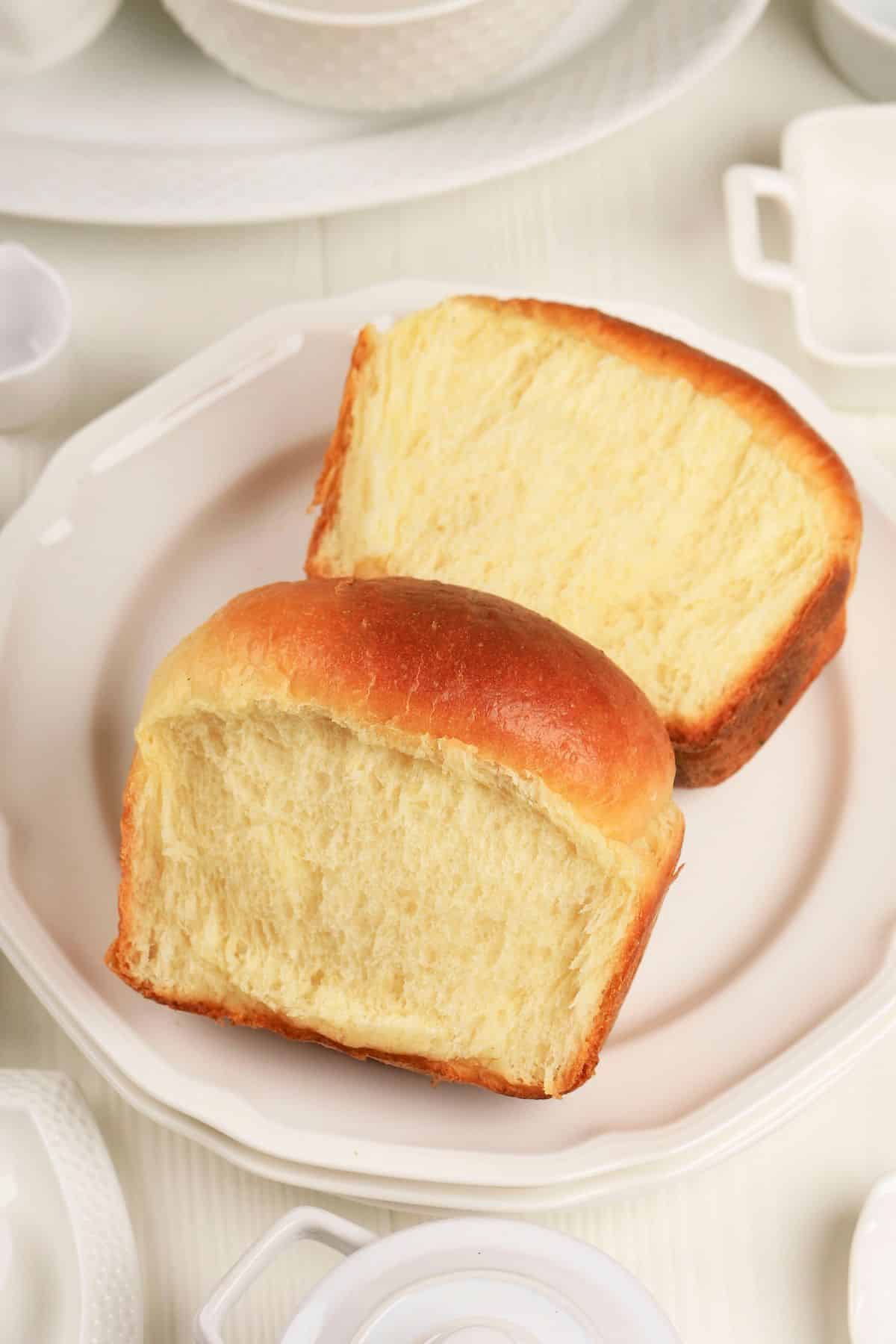
Avoid crusty breads after mouth surgery, but you may be able to enjoy very soft breads without the crust.
27. Bone broth
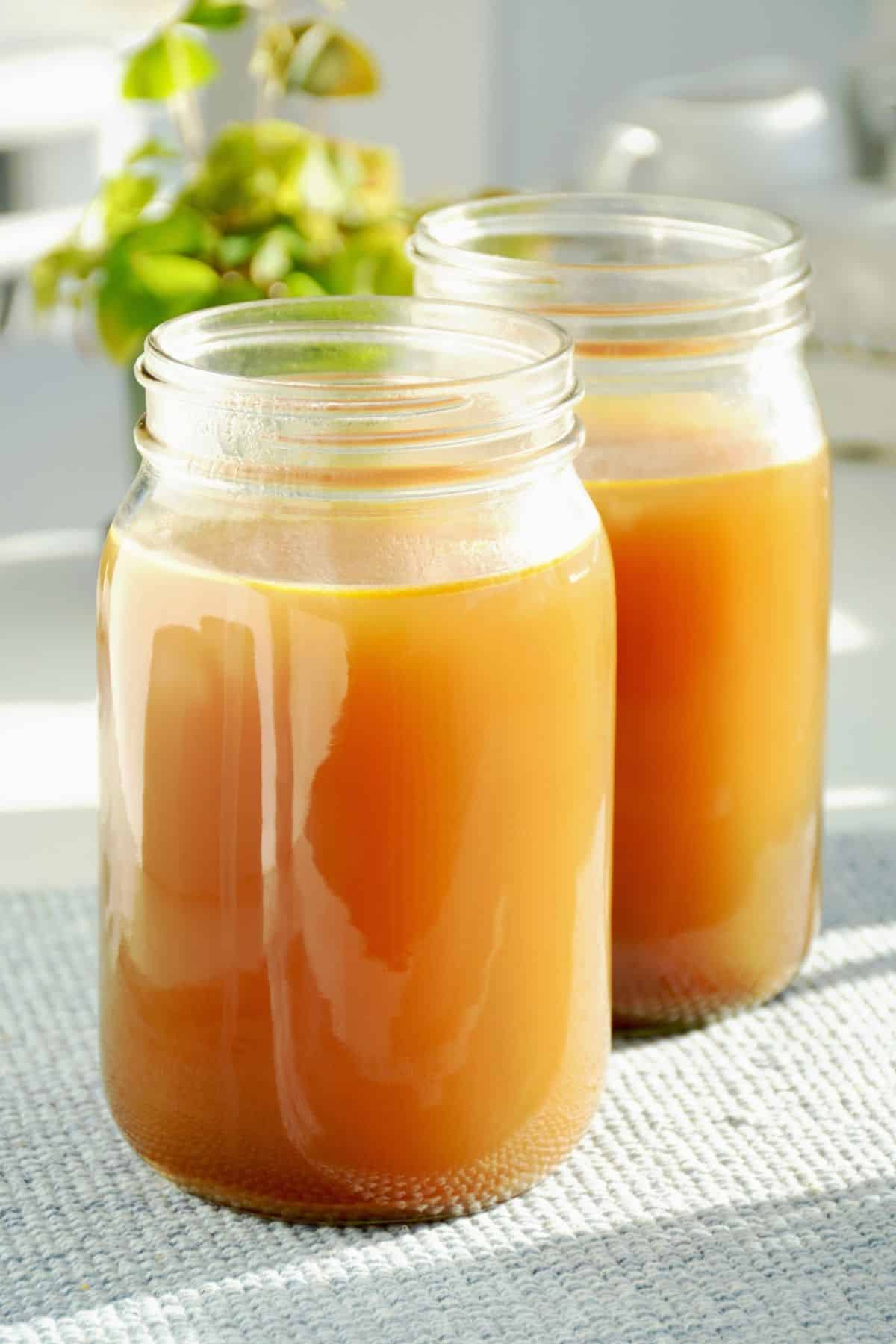
Bone broth is a very healing food and is a great option when you need to eat a liquid diet or a soft food diet.
You can either make your own or buy it boxed from the store. Just be sure to enjoy your bone broth lukewarm if you are recovering from any type of mouth surgery.
Or, you can try heating up jarred bone broth or make your own Instant Pot Vegetable Broth.
28. Soft fruit like mashed ripe banana or strawberries
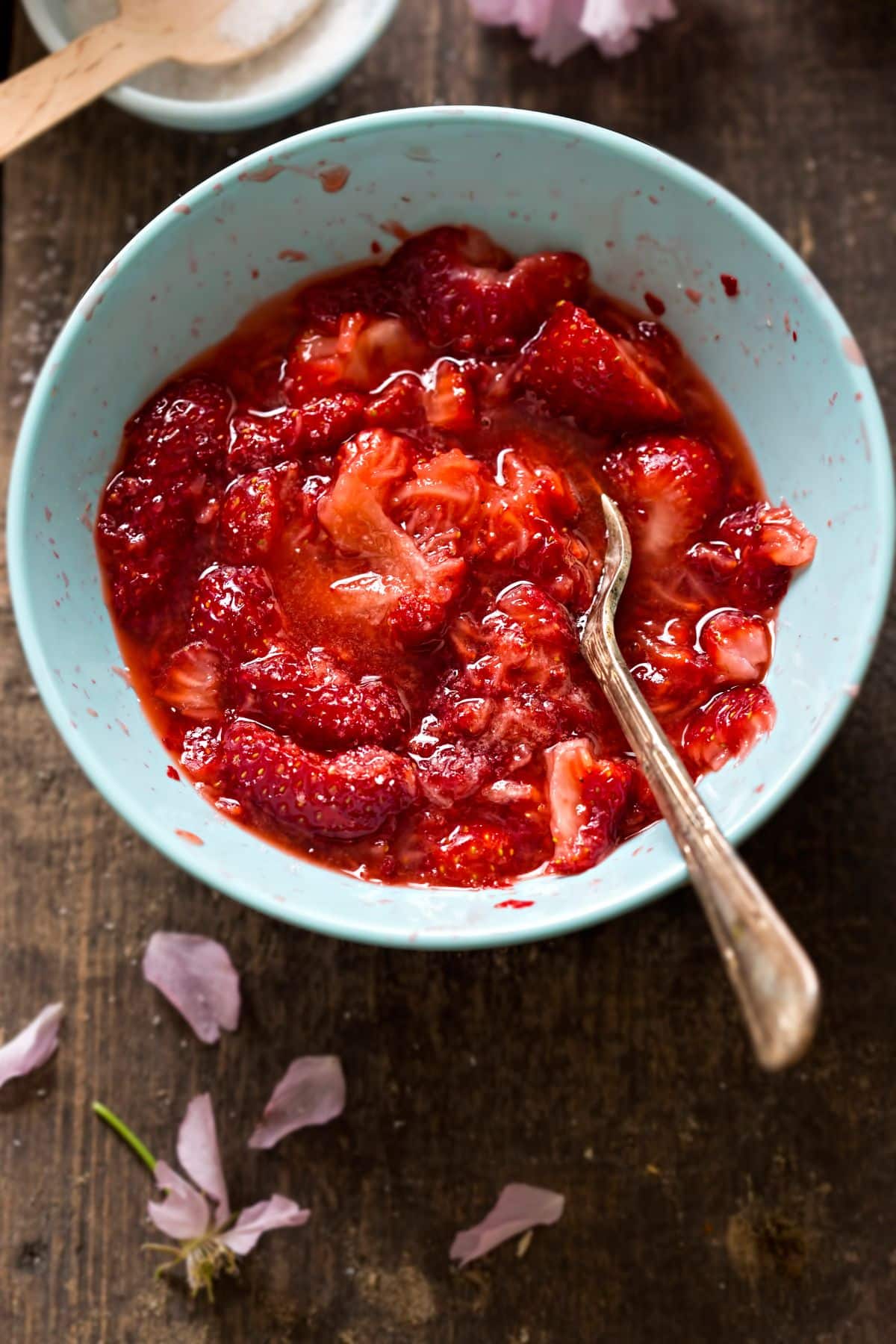
Soft fruits can be enjoyed after most oral surgeries.
Try mashing ripe fruits into a puree before eating if you need to avoid chewing.
29. Mashed peas
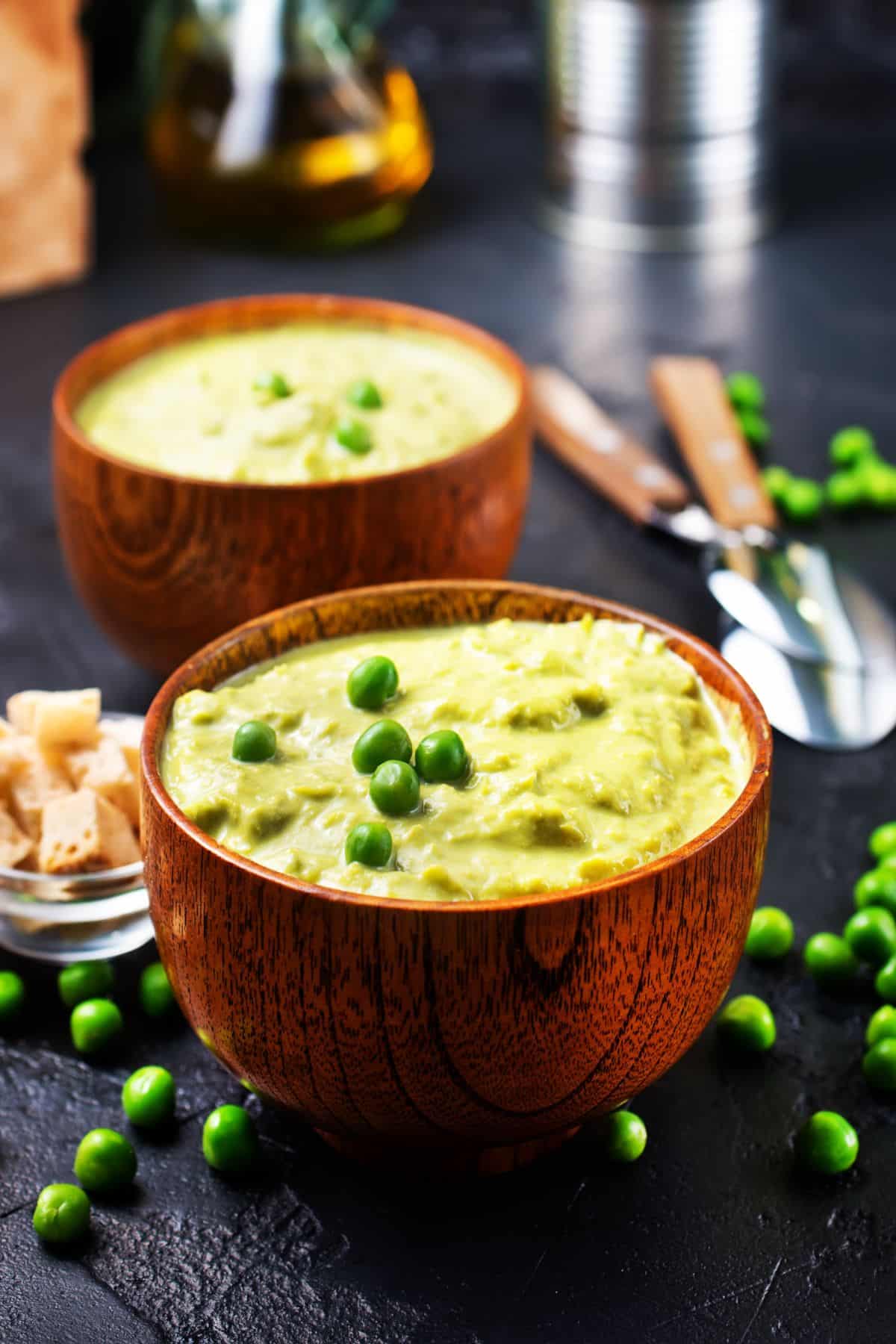
Mashed green peas are also generally well tolerated if you’ve had oral surgery or need to eat a soft bland diet.
Use the back of a fork to mash the peas into a puree-like texture so you don’t have to chew them too much. Or, blend them in a blender with some water or broth so they are almost like a puree. You can heat them up and stir in some butter or seasonings if you like.
30. Soft cheeses like goat cheese
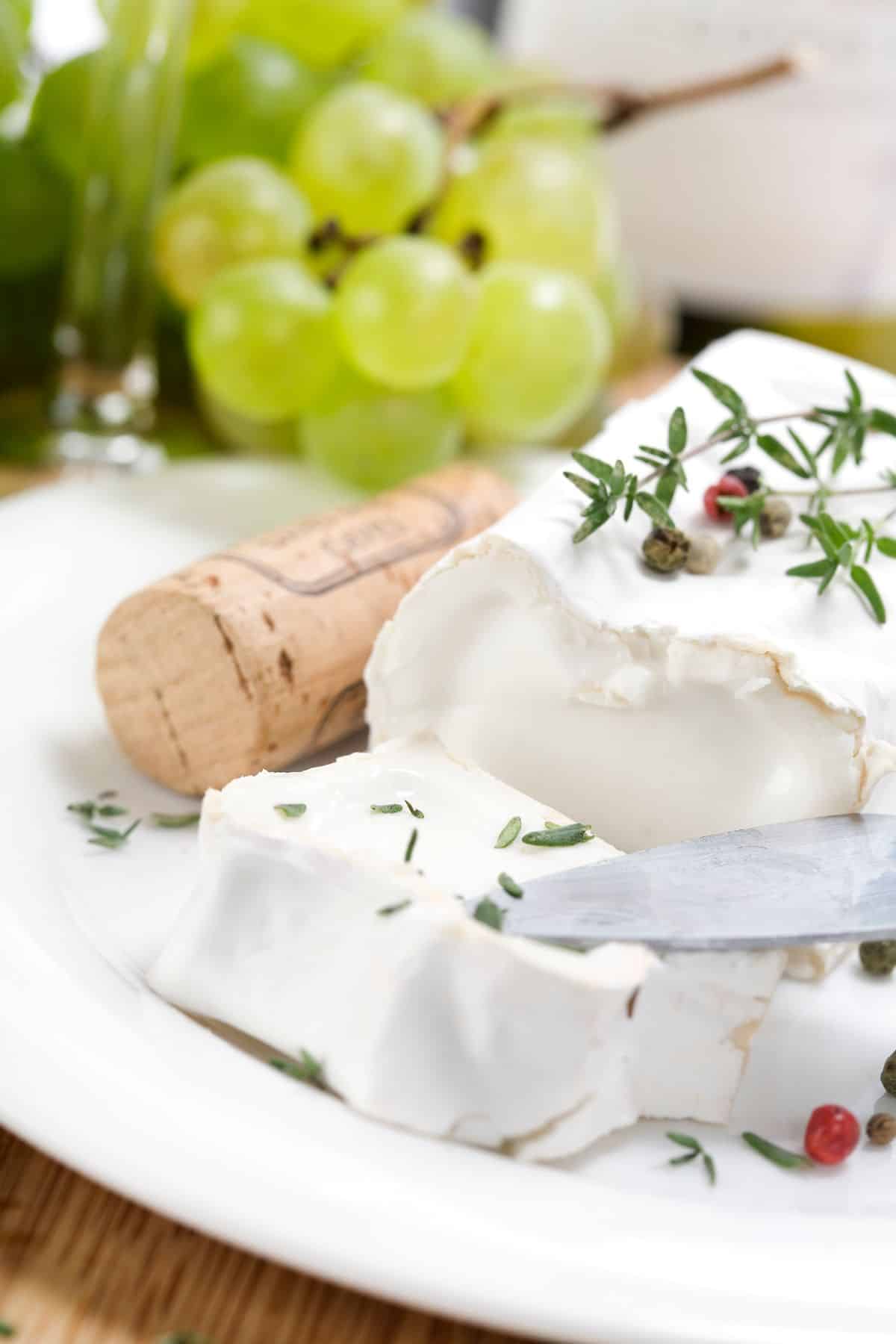
Very soft cheeses are another nutrient-rich food that can be eaten after surgery.
You can enjoy the soft cheese plain as a snack or stir them into other types of soft foods like soups for a meal.
31. Jello
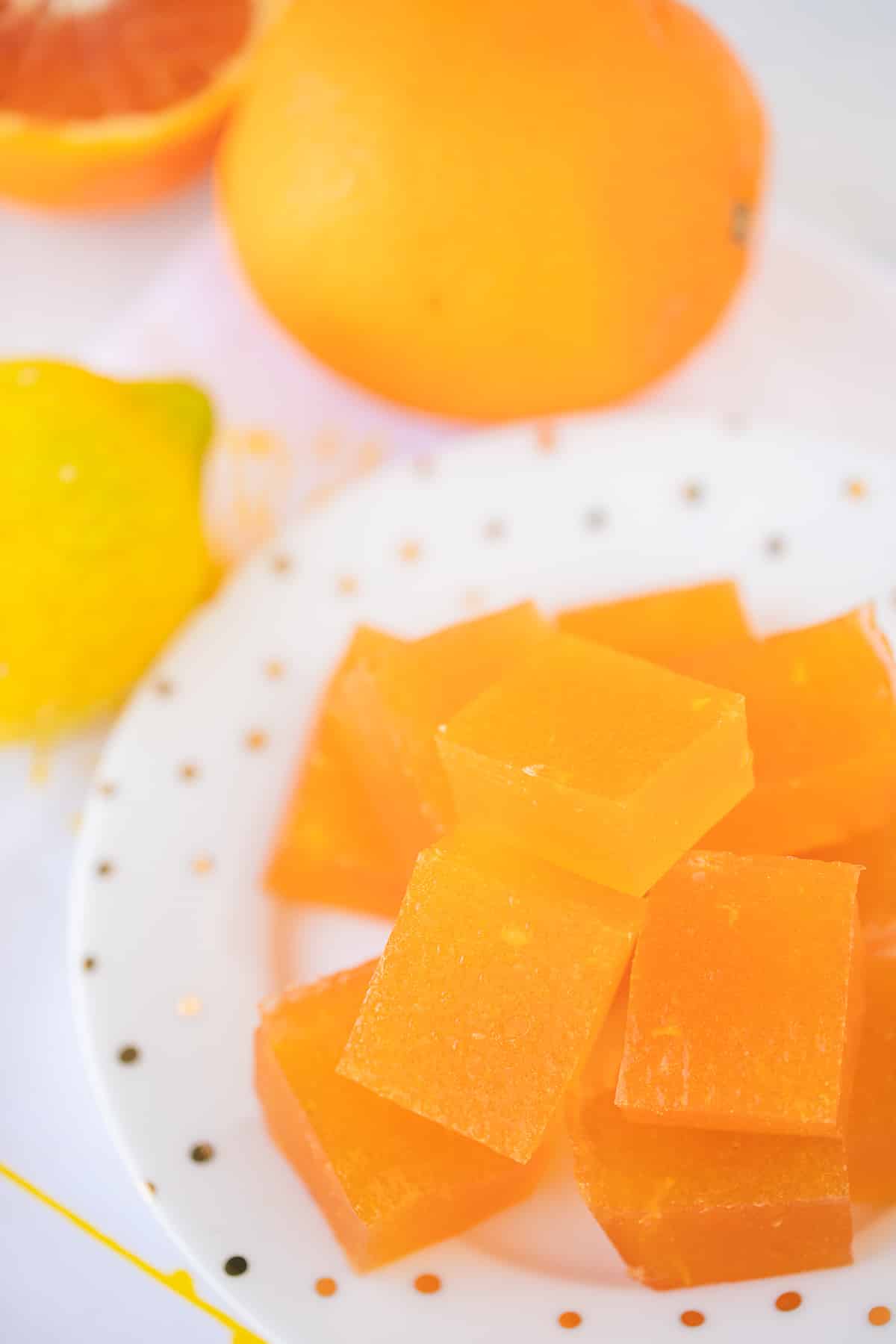
Fruit jellos are refreshing after surgery. Use a boxed version or make your own from scratch with fruit juice (see my recipe for Homemade Healthy Jello).
More Healthy Resources You Might Like
Conclusions
Although you may feel daunted by the thought of being restricted to a soft food diet, the good news is that there are plenty of delicious options you can enjoy. Try to include as many protein-rich foods as possible to help you heal more quickly and check that all foods are comfortably warm – not hot – to avoid any discomfort.
Don’t forget to join my newsletter list to get exclusive clean eating recipes and tips. The newsletter is 100% free with no spam; unsubscribe anytime.
About the Author: Carrie Forrest has a master’s degree in public health with a specialty in nutrition and is a certified holistic nutritionist. She is a top wellness and food blogger with over 5 million annual visitors to her site. Carrie has an incredible story of recovery from chronic illness and is passionate about helping other women transform their health. Send her a message through her contact form.
Note: this post is for informational purposes only and is not intended as medical advice. Please consult your healthcare provider for recommendations related to your individual situation.


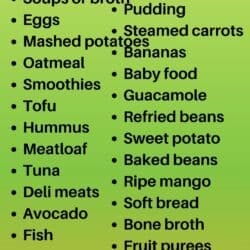

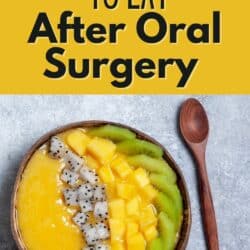



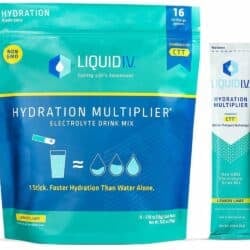



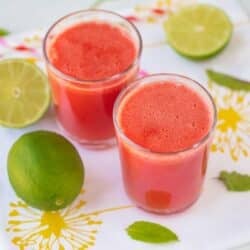
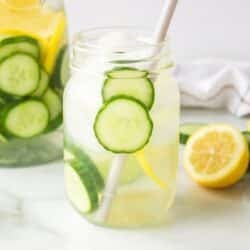
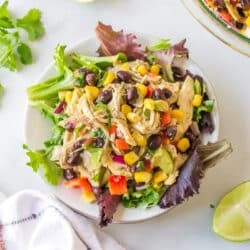








A delicious recipe that is comforting after any dental procedure.
Thank you so much for this. It is great to have ideas for tasteful meals during recovery. I’m sending my husband shopping after my tooth extraction today so I’ll be prepped for tasty recovery-meals. Your list sparked great ideas for bisques that we both can enjoy until the extraction site is healed. ❤️
Good luck with your extraction and recovery! XO.
I’m have full mouth implants! So need to stay in soft foods for a few weeks, But I’m also on a low carb way of eating!
Any ideas on how I can deal with both ?
I recently had a root canal and had to be on a soft food diet for about a week. What I found worked really well was to create a “regular meal” like steamed cauliflower, cooked meat, etc and then blend it up with some broth. It tasted pretty good and there are quite a few combinations you can make using low-carb veggies plus protein. Does that help?